
Institut de recherche sur les archéomatériaux (IRAMAT)
3D, rue de la Férollerie
45071 Orléans
France
Guillaume Sarah

Institut de recherche sur les archéomatériaux (IRAMAT)
3D, rue de la Férollerie
45071 Orléans
France
Guillaume Sarah

Centre d’Études Supérieures de la Renaissance (CESR)
59 rue Néricault Destouches
37000 Tours
France
Sara Taglialatela & Fosca Mariani Zini
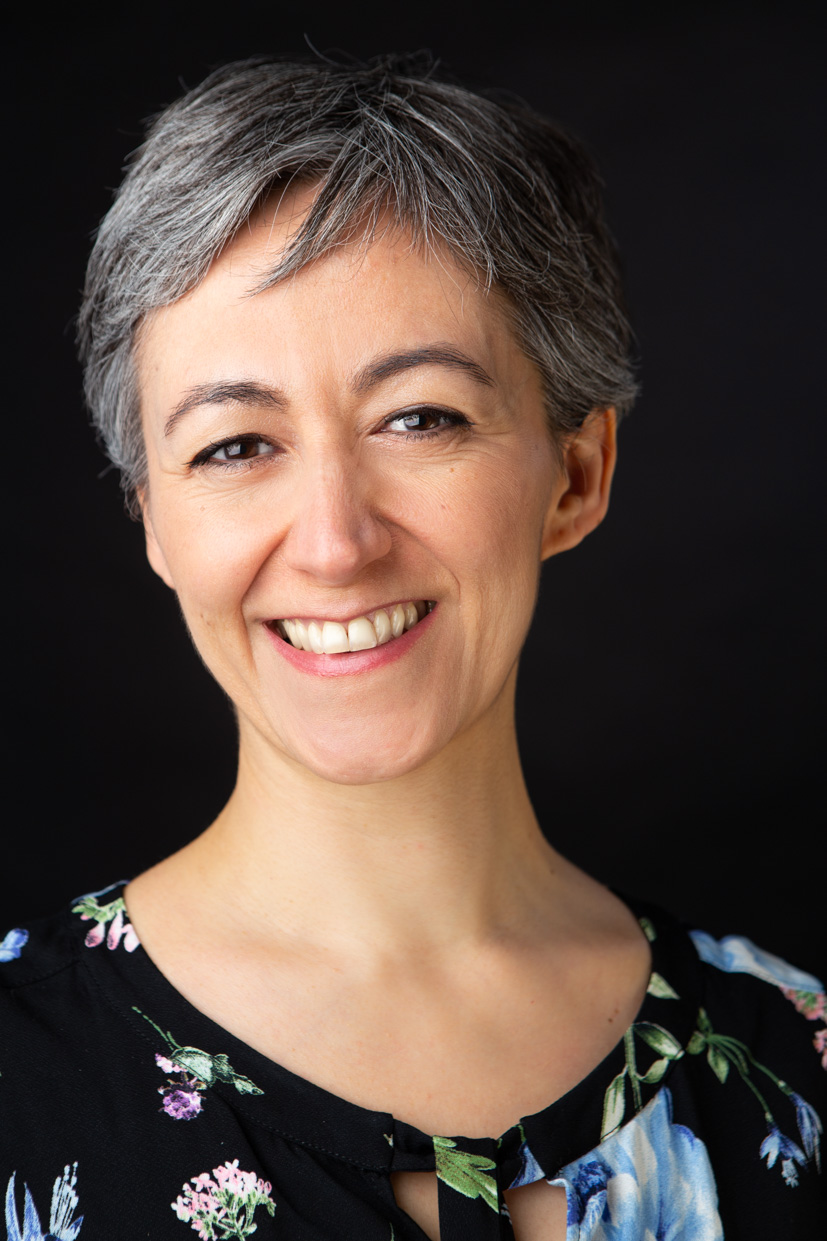
Centre d’Études Supérieures de la Renaissance (CESR)
59 rue Néricault Destouches
37000 Tours
France
Sara Taglialatela

Centre d’Études Supérieures de la Renaissance (CESR)
59 rue Néricault Destouches
37000 Tours
France
Richard Freedman

Centre d’Études Supérieures de la Renaissance (CESR)
59 rue Néricault Destouches
37000 Tours
France
Pál Nyíri

Centre d’Études Supérieures de la Renaissance (CESR)
59 rue Néricault Destouches
37000 Tours
France
Carlo Bosi, Richard Freedman & Philippe Vendrix
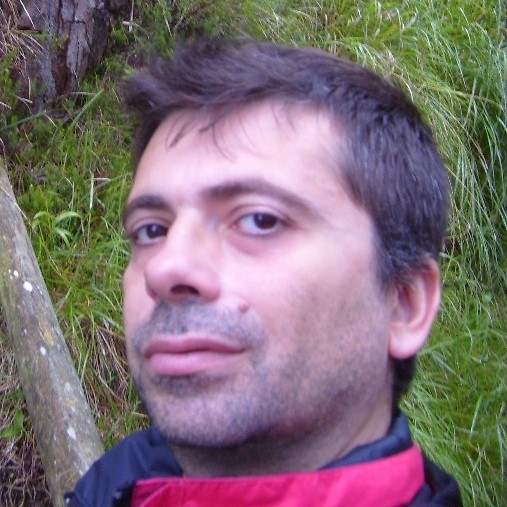
Salle Saint Libert
37, avenue André Malraux
37000 Tours
France

Hôtel Dupanloup
1 rue Dupanloup
45000 Orléans
France

Hôtel Dupanloup
1 rue Dupanloup
45000 Orléans
France

Centre d’Études Supérieures de la Renaissance (CESR)
59 rue Néricault Destouches
37000 Tours
France
John Cooper & Philippe Vendrix

Centre d’Études Supérieures de la Renaissance (CESR)
59 rue Néricault Destouches
37000 Tours
France
John Cooper
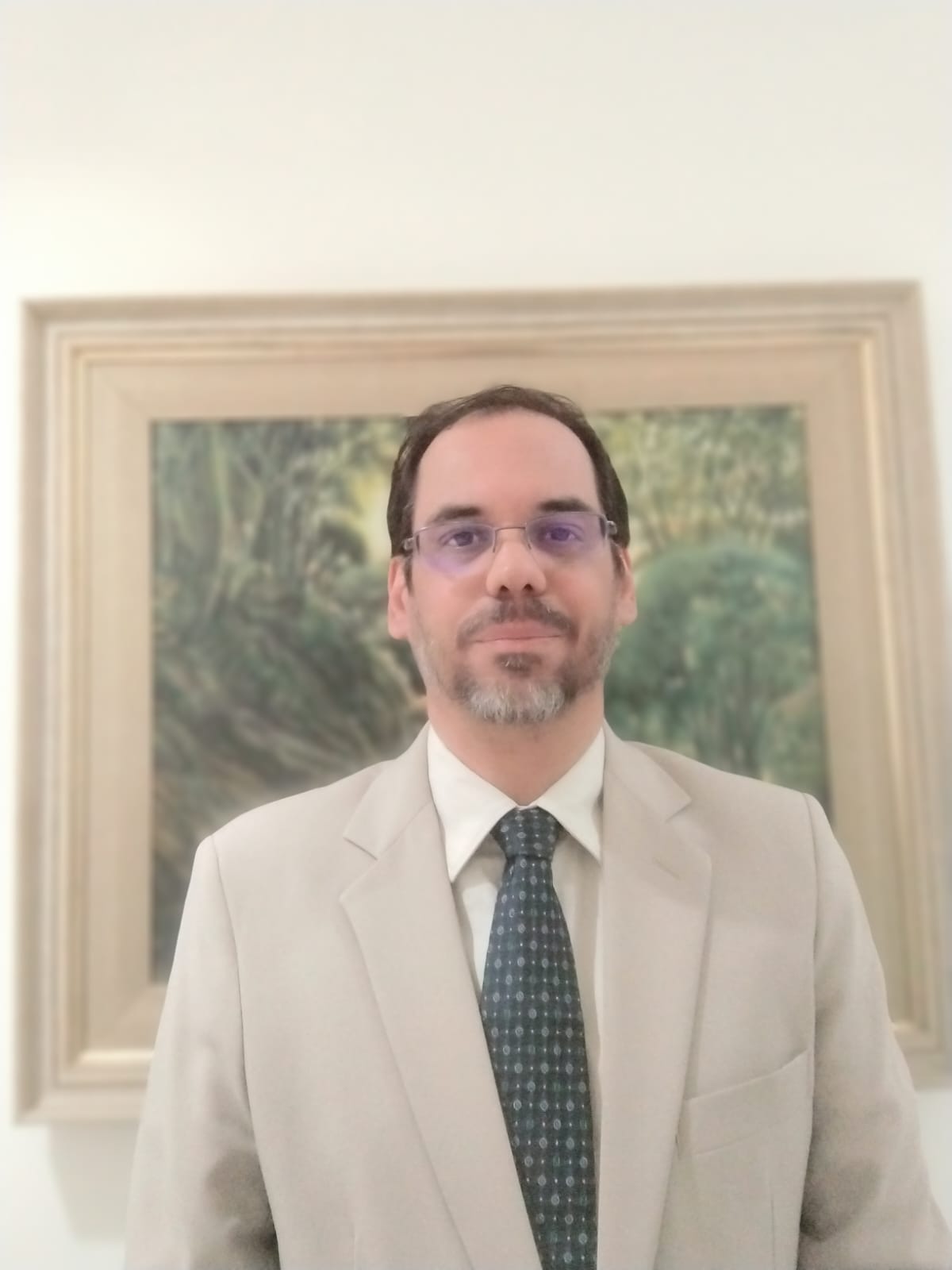
IRBI - Salle séminaire Faculté des Sciences et Techniques
Avenue Monge, Parc Grandmont
37000 Tours
France
Eduardo Garcia Ribeiro Lopes Domingues

Amphithéâtre E - Faculté de Droit Economie et Sciences sociales
50 avenue Jean Portalis
37200 Tours
France
Alina Goncharova, Fabienne Labelle & Audrey Damiens
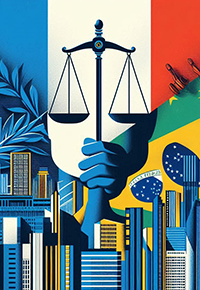
Faculté de Droit de l’Université d’Orléans
13 rue de Blois
45000 Orléans
France

Hôtel Dupanloup
1 rue Dupanloup
45000 Orléans
France

Centre d’Études Supérieures de la Renaissance (CESR)
59 rue Néricault Destouches
37000 Tours
France
Dr Alessandro Turbil, Prof. Silvère Menegaldo & Prof. Elena Pierazzo
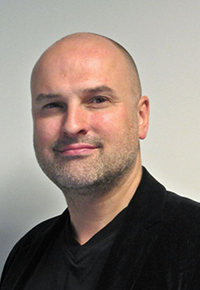
Hôtel Dupanloup
1 rue Dupanloup
45000 Orléans
France

Hôtel Dupanloup
1 rue Dupanloup
45000 Orleans
France
Sébastien Drouin & Marion Brétéché
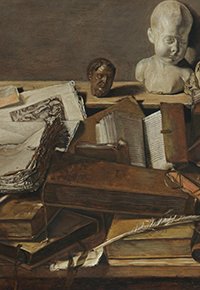
Centre d’Études Supérieures de la Renaissance (CESR)
59 rue Néricault Destouches
37000 Tours
France
Dr Stefan Heßbrüggen-Walter & Prof. Elena Pierazzo
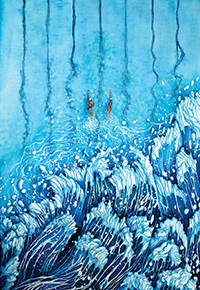
Hôtel Dupanloup
1 rue Dupanloup
45000 Orleans
France
Dr Aneta Slowik, Prof. Philippe Bourdier & Dr Geneviève Guetemme
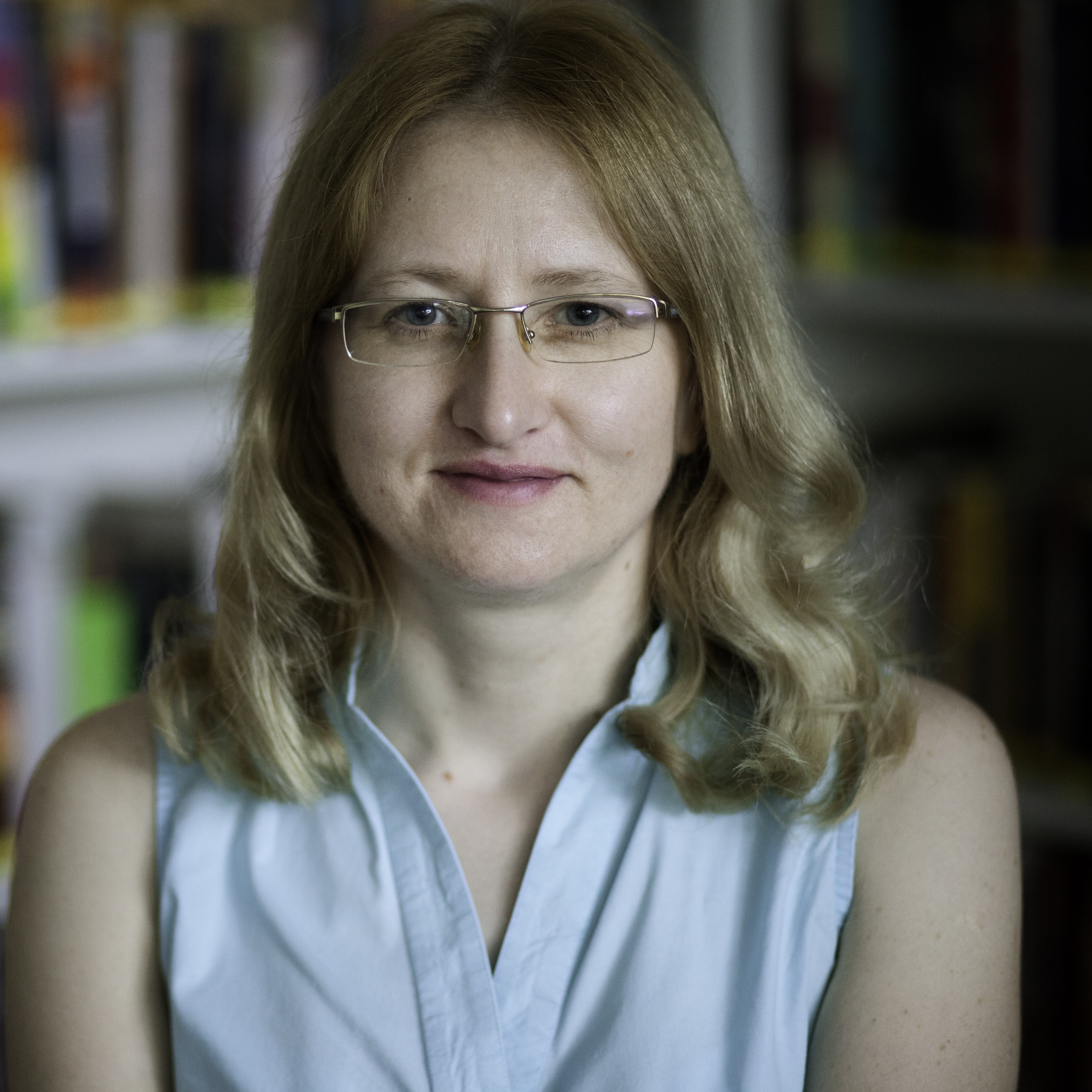
Hôtel Dupanloup
1, rue Dupanloup
45000 Orléans
France
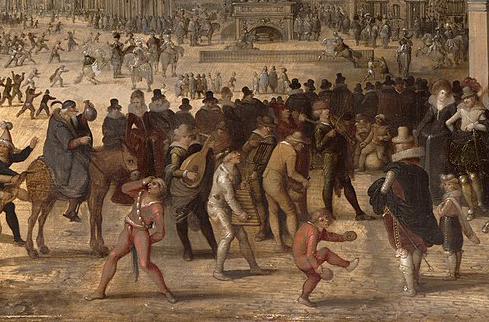
Centre d’Études Supérieures de la Renaissance (CESR)
59 rue Néricault Destouches
37000 Tours
France
Dr Alexander Robinson & Prof. Philippe Vendrix

Hôtel Dupanloup
1 rue Dupanloup
45000 Orleans
France
Dr Aneta Slowik & Prof. Philippe Bourdier

Centre d’Études Supérieures de la Renaissance (CESR)
59 rue Néricault Destouches
37000 Tours
France
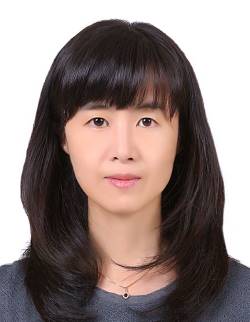
Centre d’Études Supérieures de la Renaissance (CESR)
59 rue Néricault Destouches
37000 Tours
France
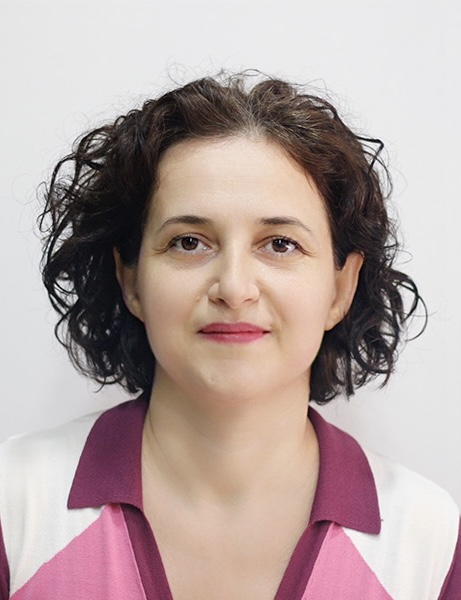
Hôtel Dupanloup
1 rue Dupanloup
45000 Orleans
France
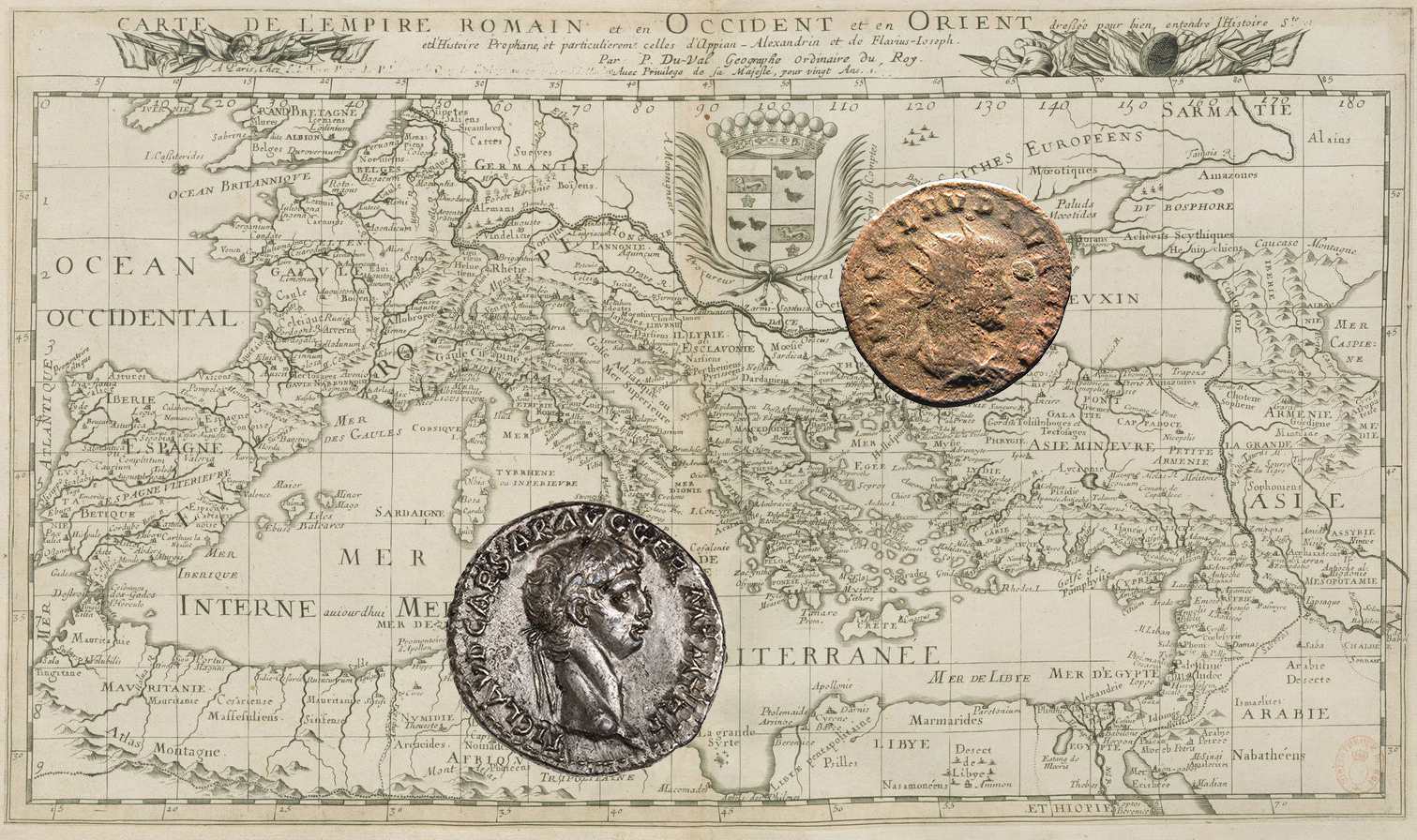
Hôtel Dupanloup
1 rue Dupanloup
Salle Anatole France
45000 Orleans
France
Dr Gilles Bransbourg
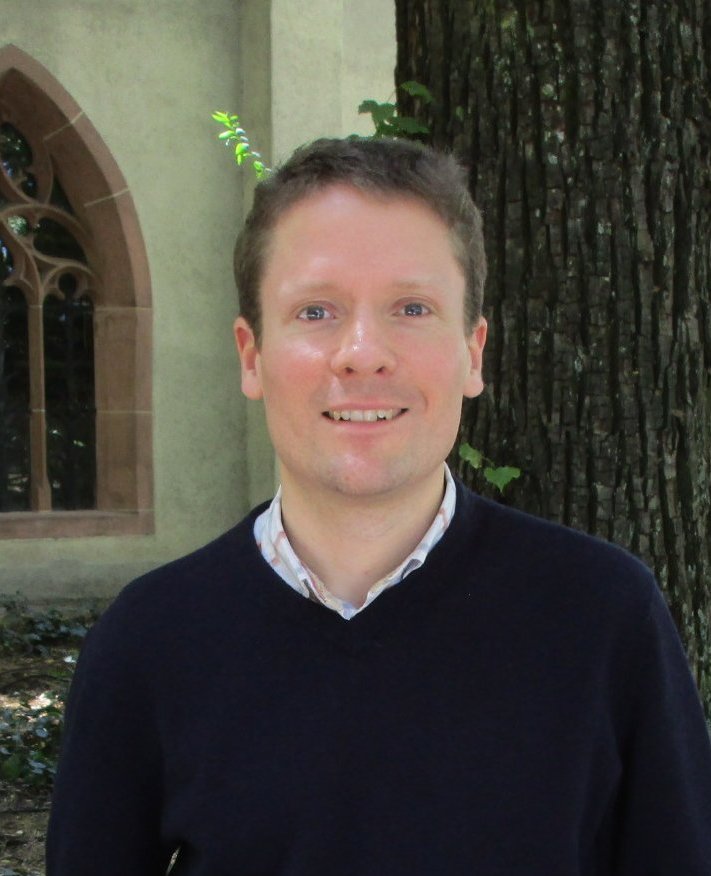
Salle Saint Libert
37, avenue André Malraux
37000 Tours
France
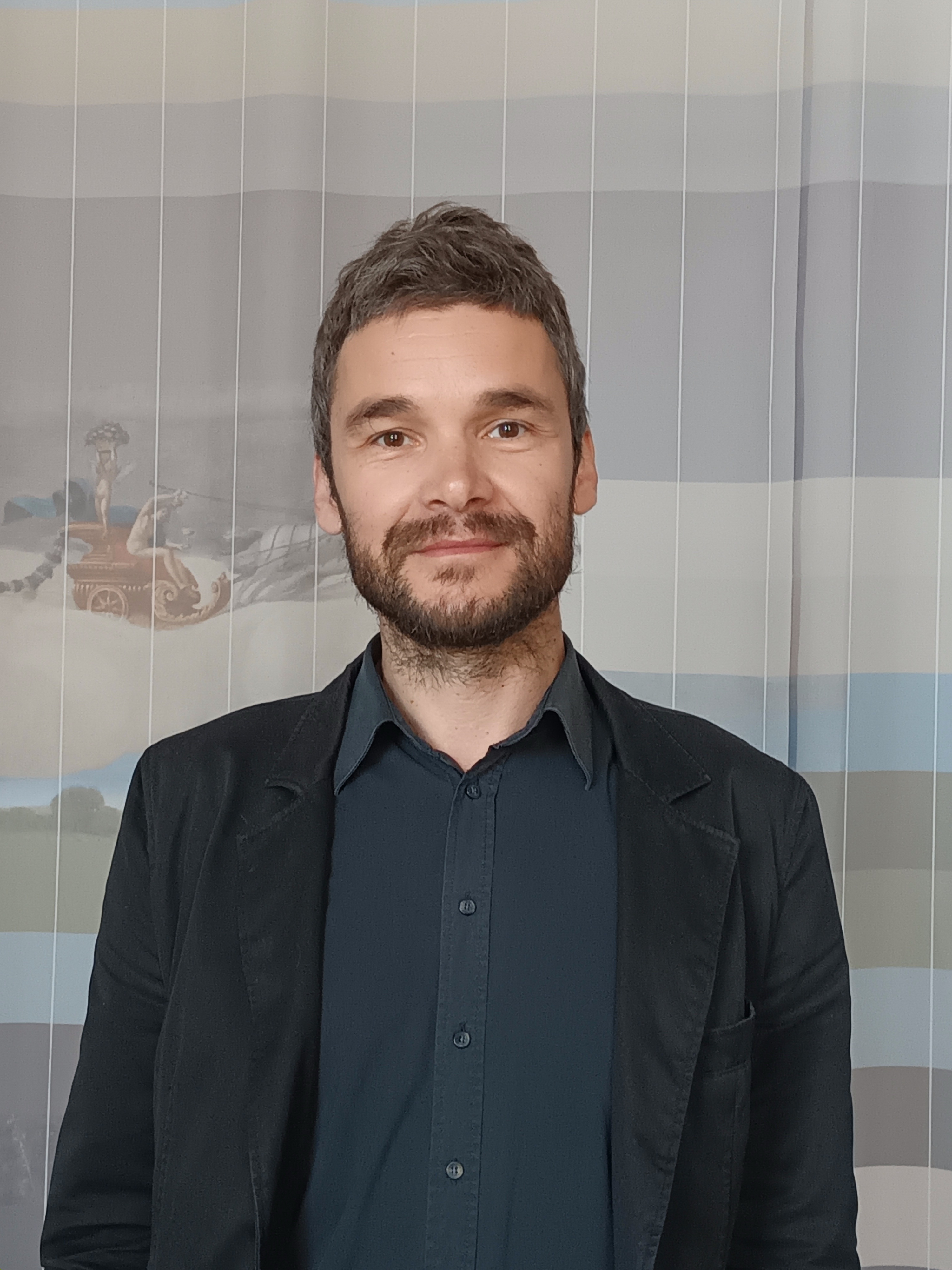
Hôtel Groslot
2, Place de l’Étape
45000 Orléans
France

Hôtel Dupanloup
1 rue Dupanloup
45000 Orleans
France
Prof. Britta Thörle & Dr Marie Skrovec
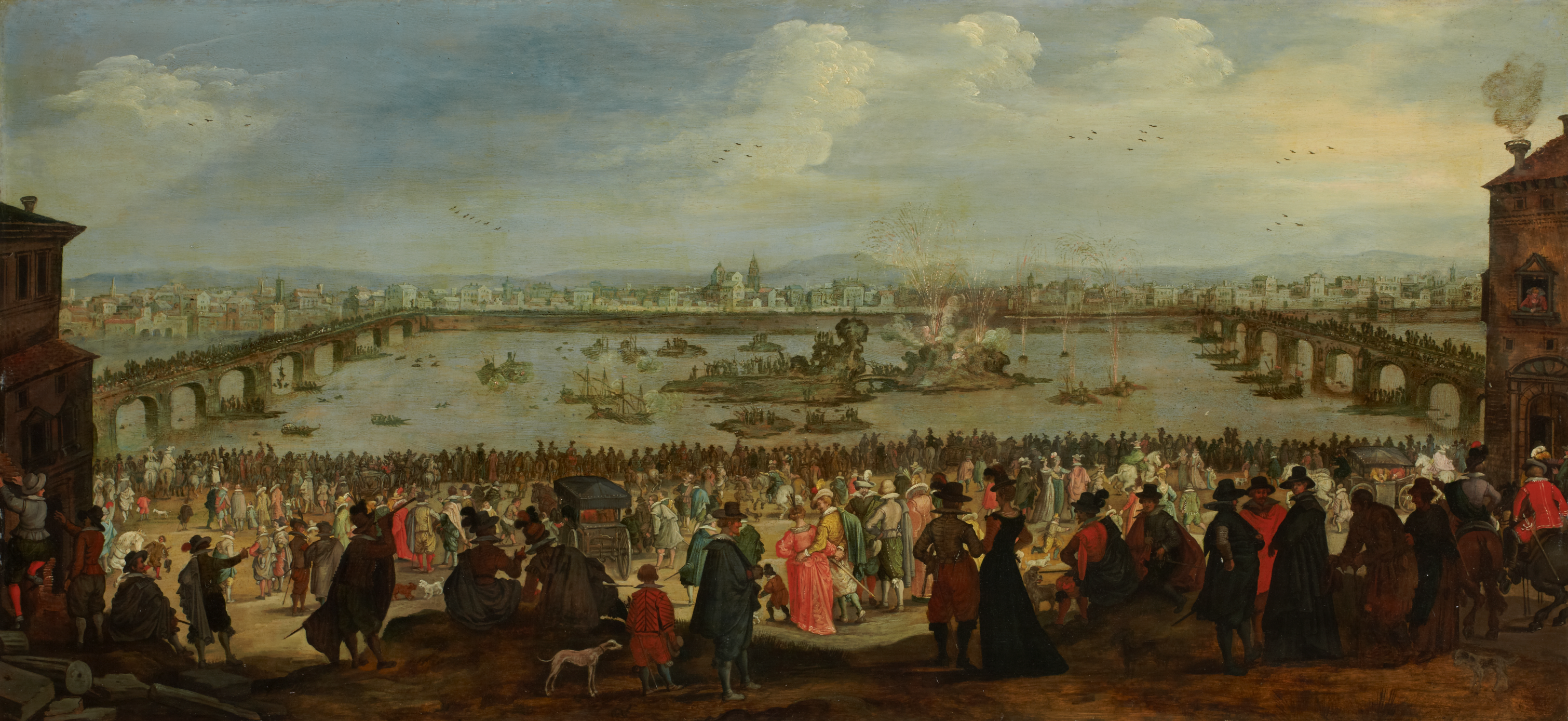
Centre d’Études Supérieures de la Renaissance (CESR)
59 rue Néricault Destouches
37000 Tours
France
Dr Francesca Fantappiè & Prof. Philippe Canguilhem

Château du Clos Lucé - Parc Leonardo da Vinci
1st floor of the Auberge du Prieuré
2, rue du Clos Lucé
37400 Amboise
France
Prof. Salvatore Magazù & Prof. Pascal Brioist
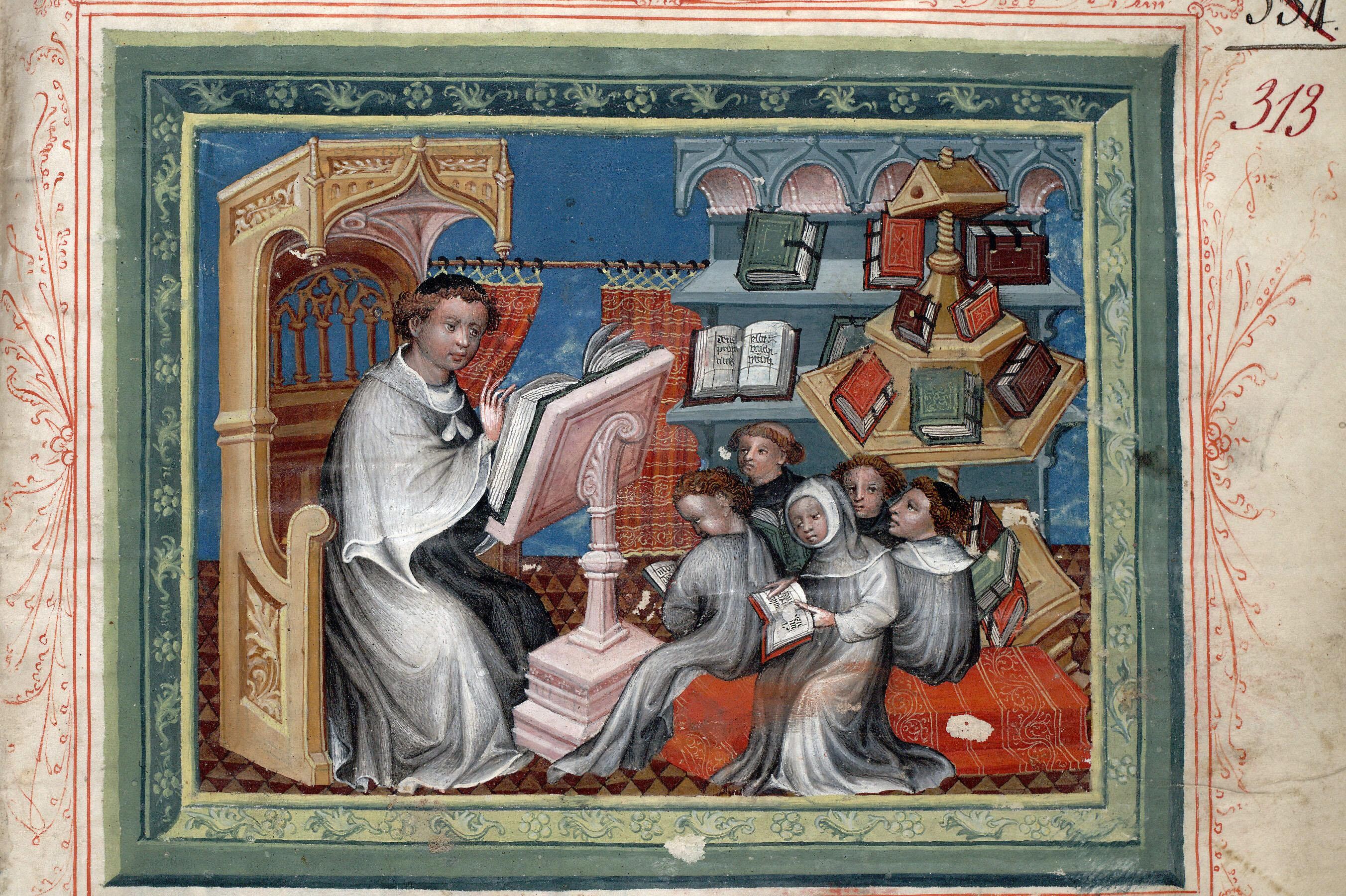
Centre d’Études Supérieures de la Renaissance (CESR)
Salle Rapin
59 Rue Néricault Destouches
37000 Tours
France

Centre d’Études Supérieures de la Renaissance (CESR)
59 rue Néricault Destouches
37000 Tours
France
Dr Alberto Campagnolo & Prof. Elena Pierazzo
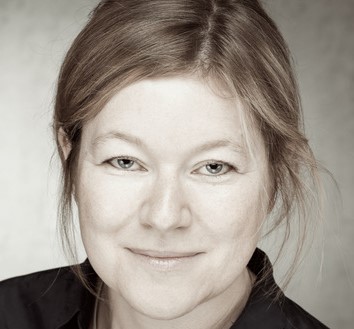
LE STUDIUM
1 Rue Dupanloup
45000 Orléans
France
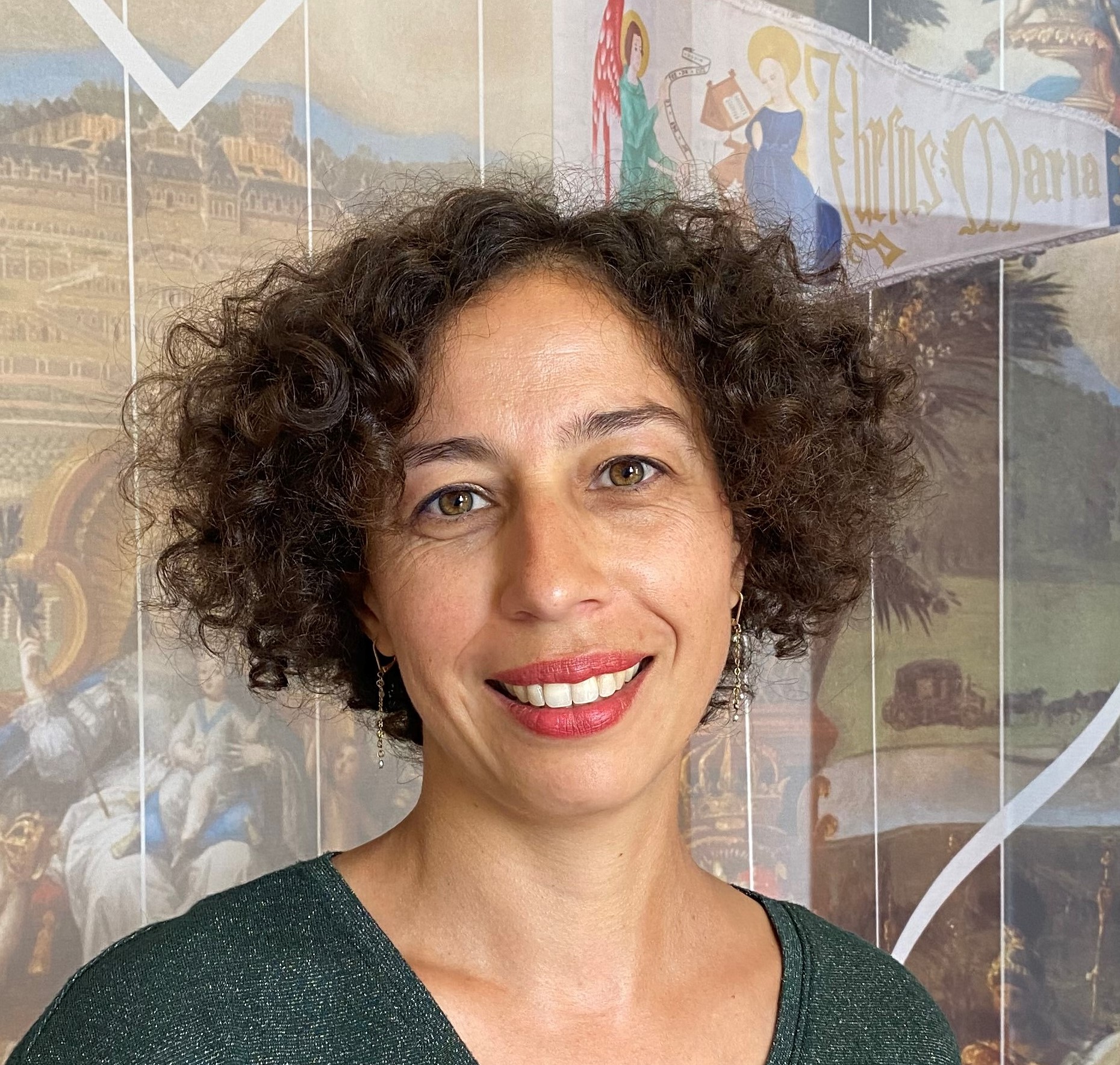
LE STUDIUM
1 Rue Dupanloup
45000 Orléans
France

Campus des 2 lions - Salle A261
50, Avenue Jean Portalis
37200 Tours
France
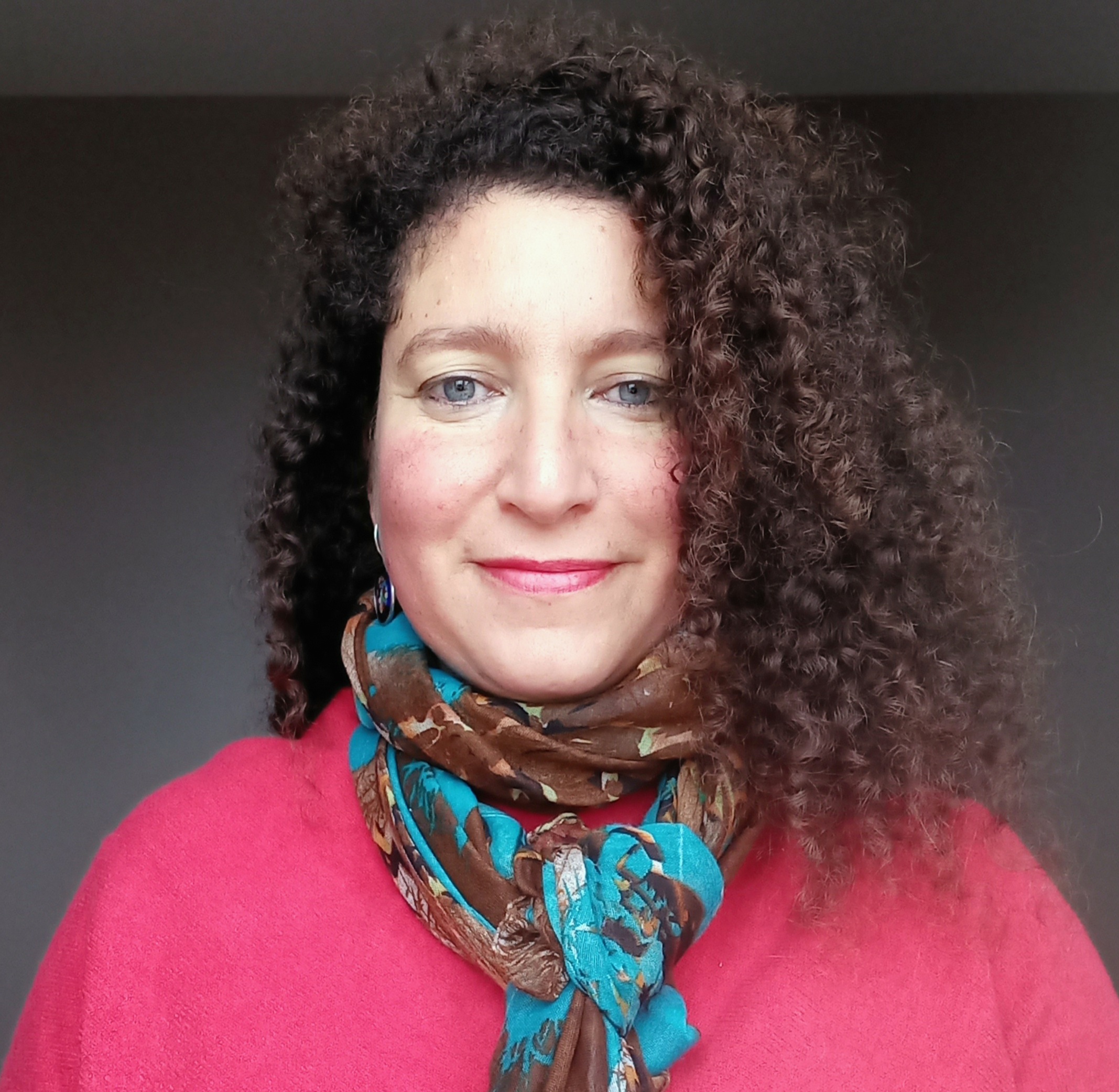
LE STUDIUM
1 Rue Dupanloup
45000 Orléans
France
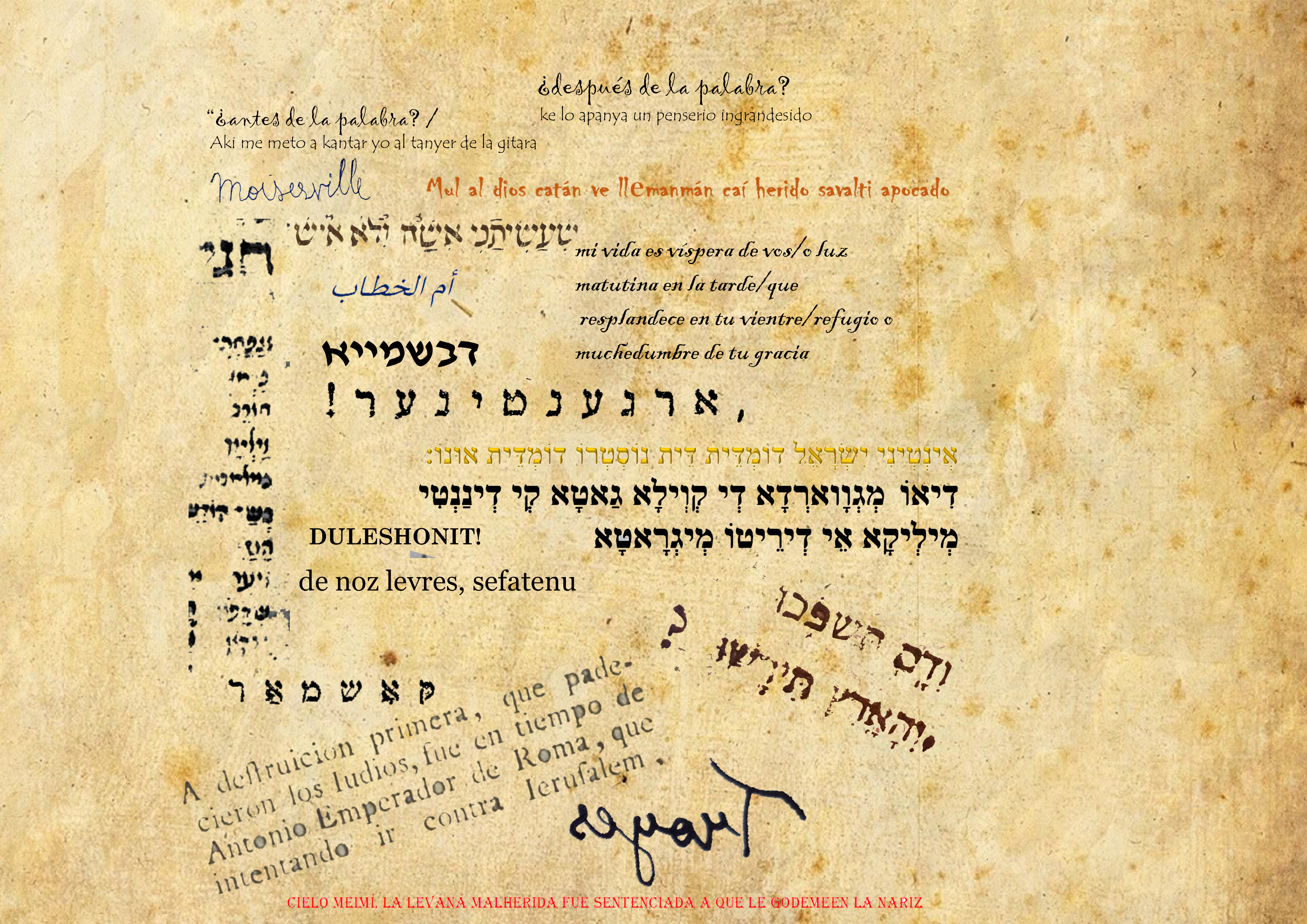
Hôtel Dupanloup
1 rue Dupanloup
45000 Orleans
France
Dr Cynthia Gabbay & Dr Brigitte Natanson

Hôtel Dupanloup
1 rue Dupanloup
45000 Orléans
France
Prof. Laurent Warlouzet


La Villa Rabelais
116, boulevard Béranger
37000 TOURS
France
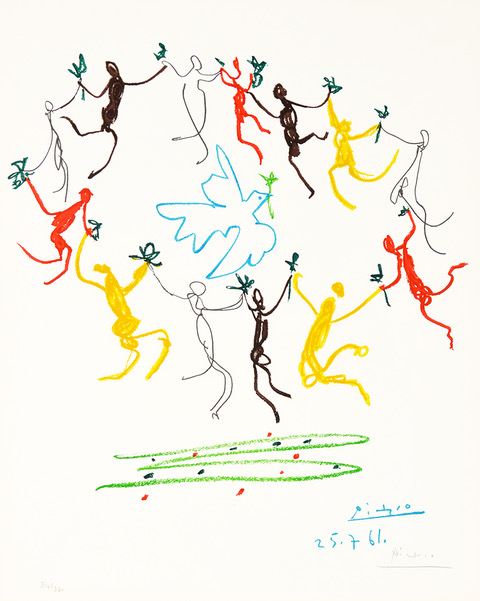
Hôtel Dupanloup
1 rue Dupanloup
45000 Orléans
France
Prof. Stella Ghervas
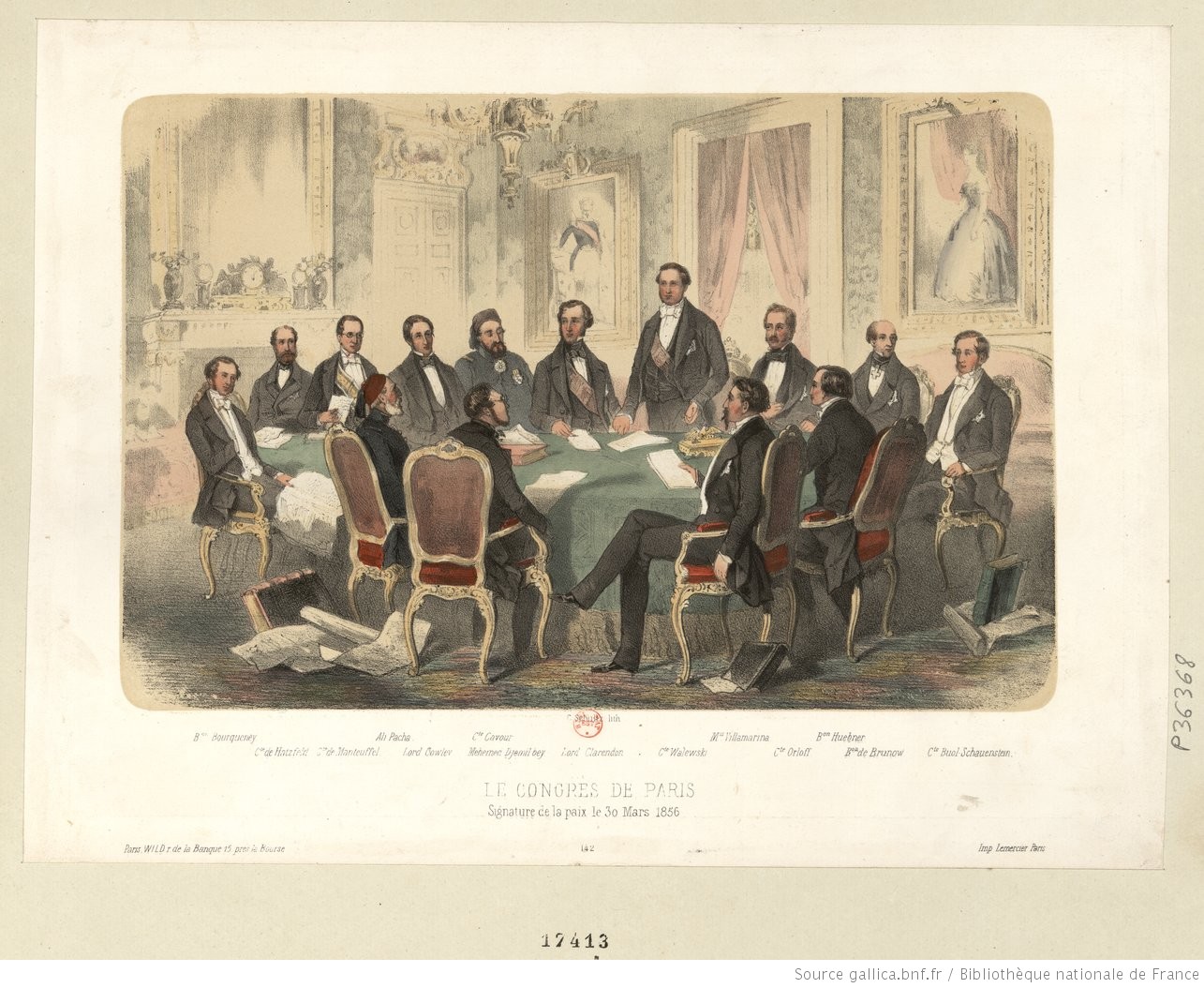
Hôtel Dupanloup
1 rue Dupanloup
45000 Orleans
France
Dr Raphaël Cahen, Prof. Pierre Allorant & Prof. Walter Badier
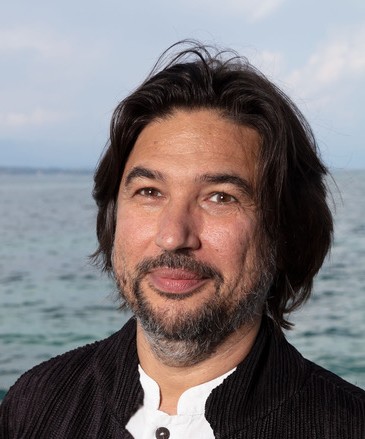
Faculté de Droit, Amphithéâtre F - Bât. B
50 avenue Jean Portalis
37000 Tours
France
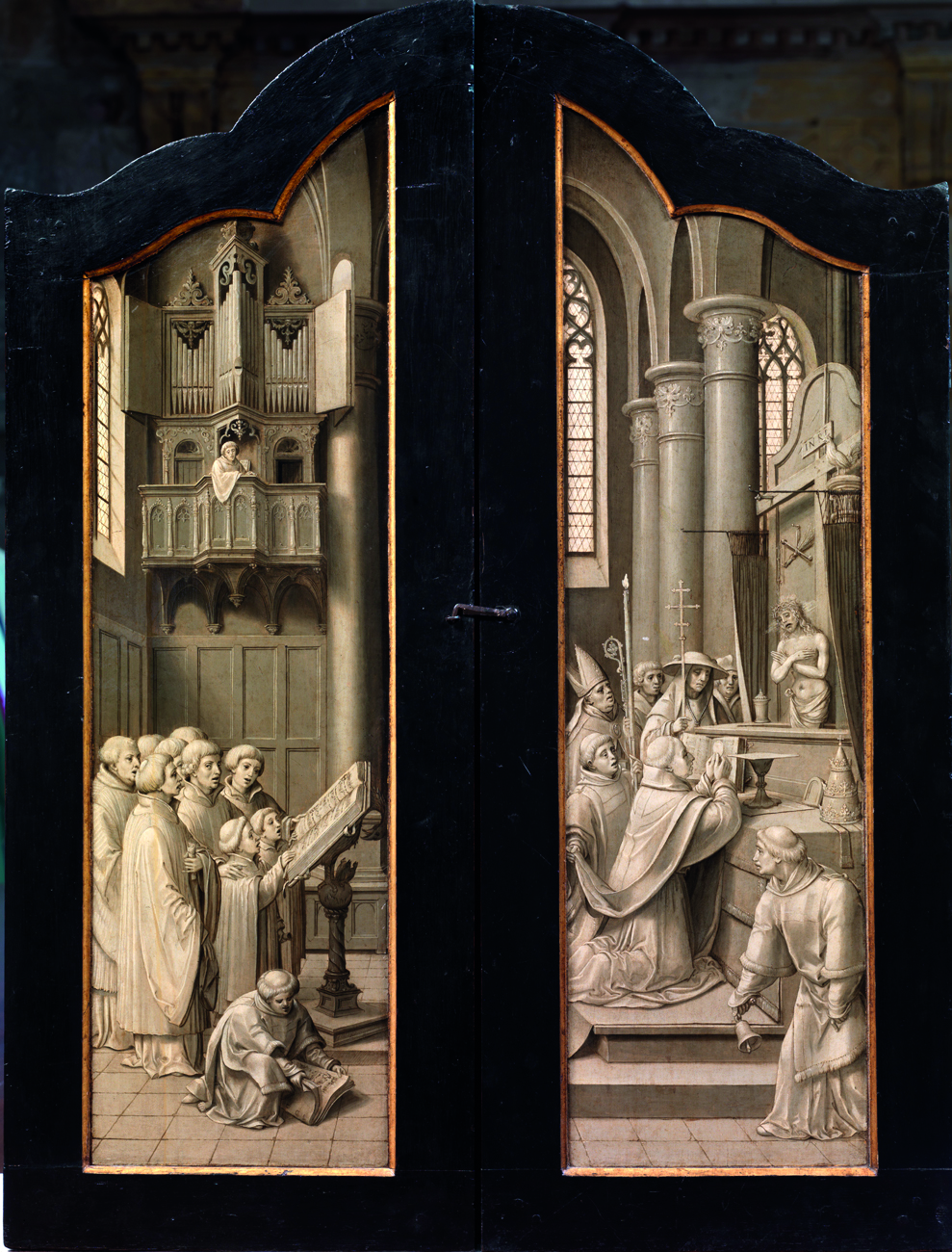
Centre d’Études Supérieures de la Renaissance (CESR)
59 rue Néricault Destouches
37000 Tours
France
Prof. Eugeen Schreurs, Wendy Wauters & Prof. Philippe Vendrix
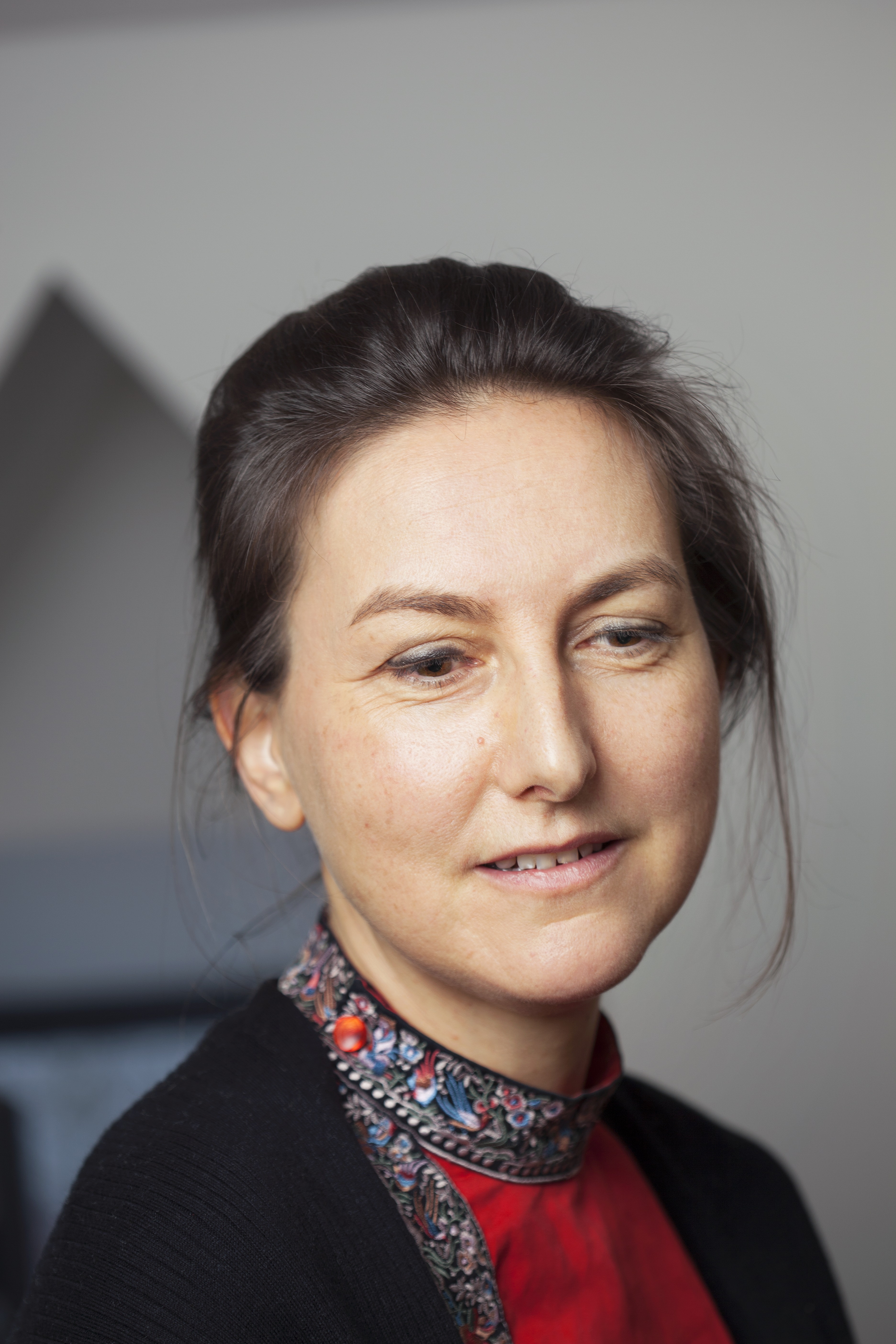
Hôtel Dupanloup
1 rue Dupanloup
45000 Orléans
France
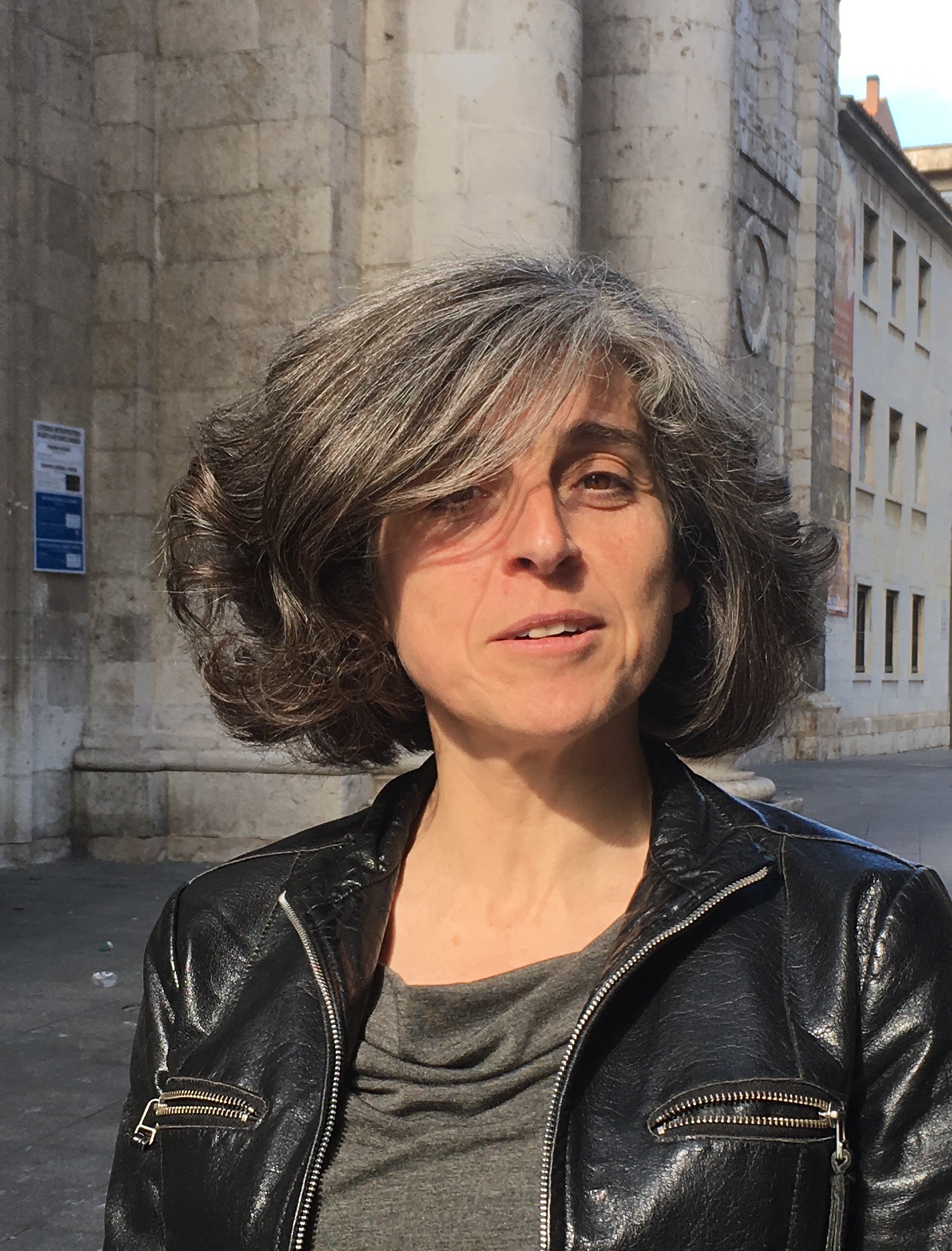
VIRTUAL MEETING
France
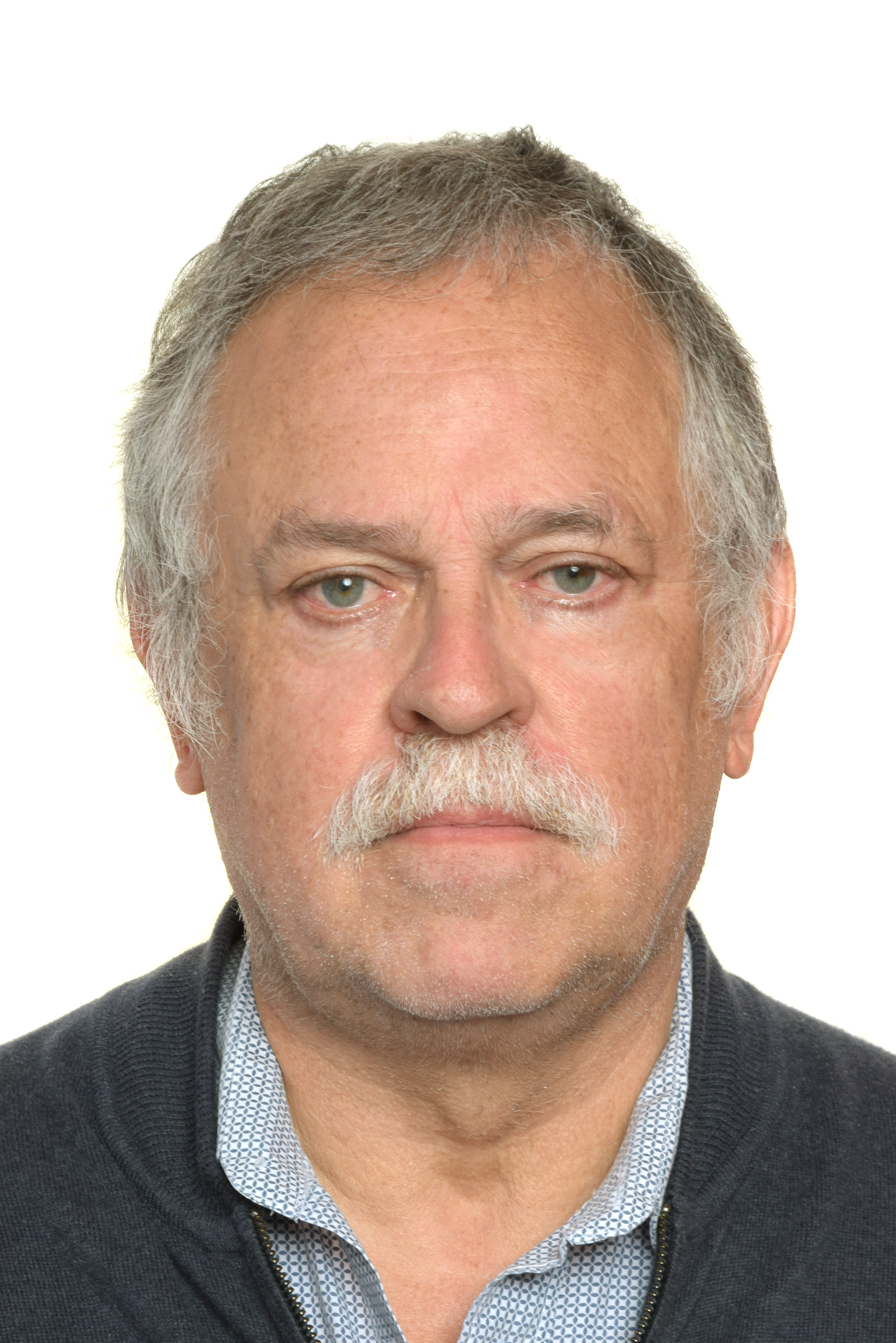
VIRTUAL MEETING
France
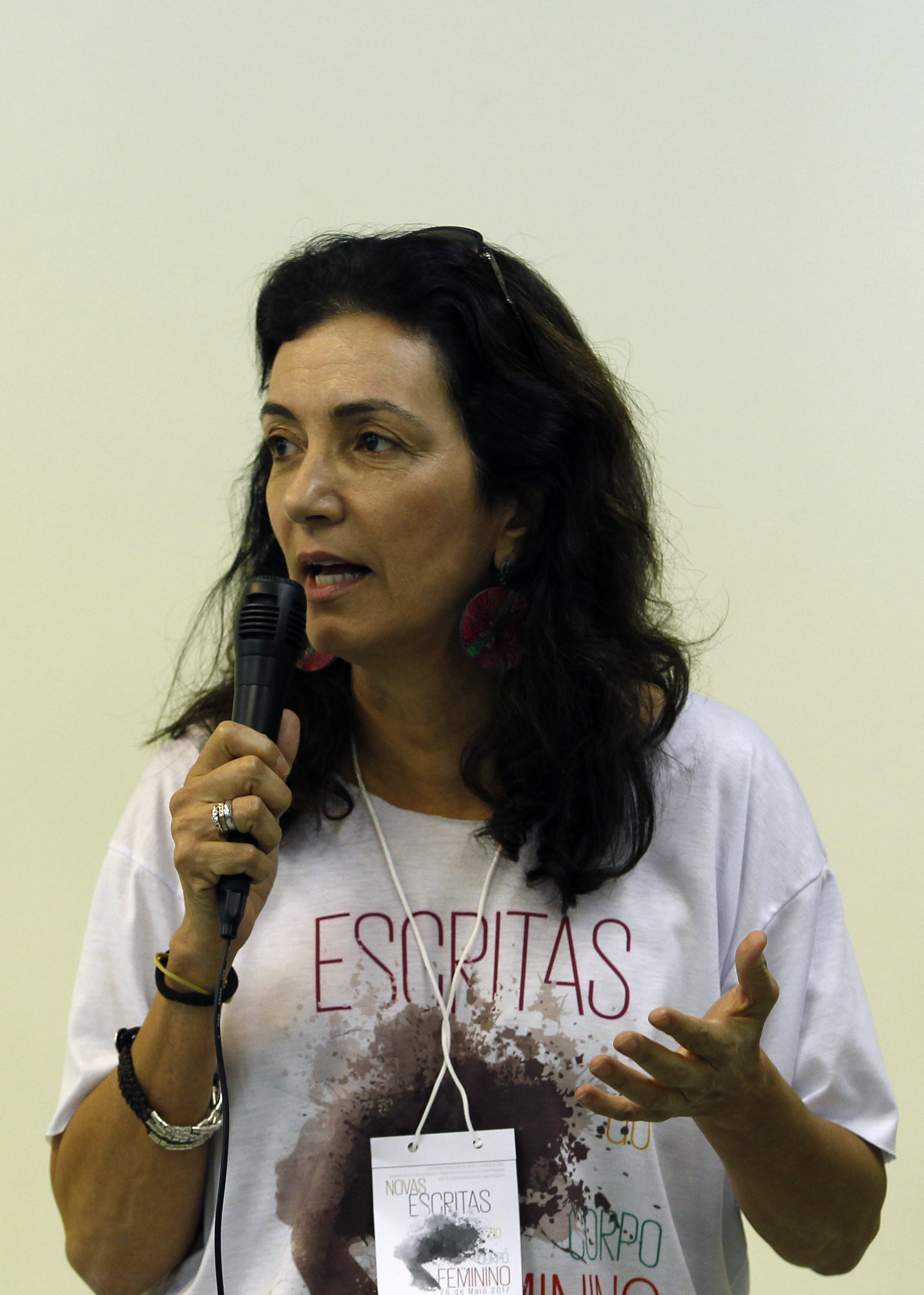
VIRTUAL MEETING
France

VIRTUAL MEETING
The registration is free but mandatory
France
Dr Rebecca Tharme & Prof. Karl Matthias Wantzen
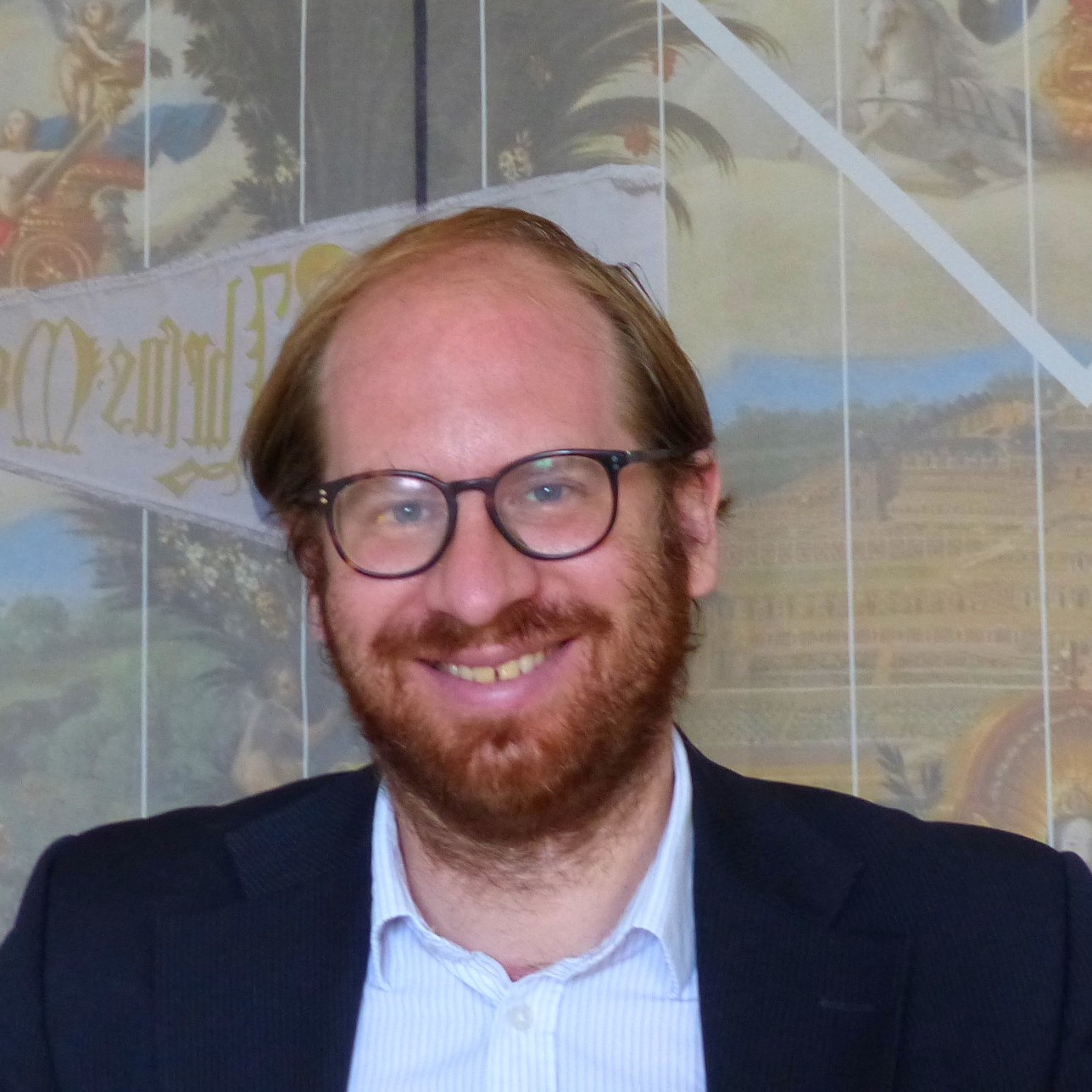
VIRTUAL MEETING
France

VIRTUAL MEETING
France

Salle du Conseil ( Bât. B, 2ème étage)
UFR de Droit, Economie et Sciences Sociales
50 Avenue Jean Portalis
37200 Tours
France

MSH Val de Loire, Salle Polyvalente,
Allée Ferdinand de Lesseps
37000 Tours
France

VIRTUAL MEETING
France
Dr Emilio Maria Sanfilippo & Xavier Rodier
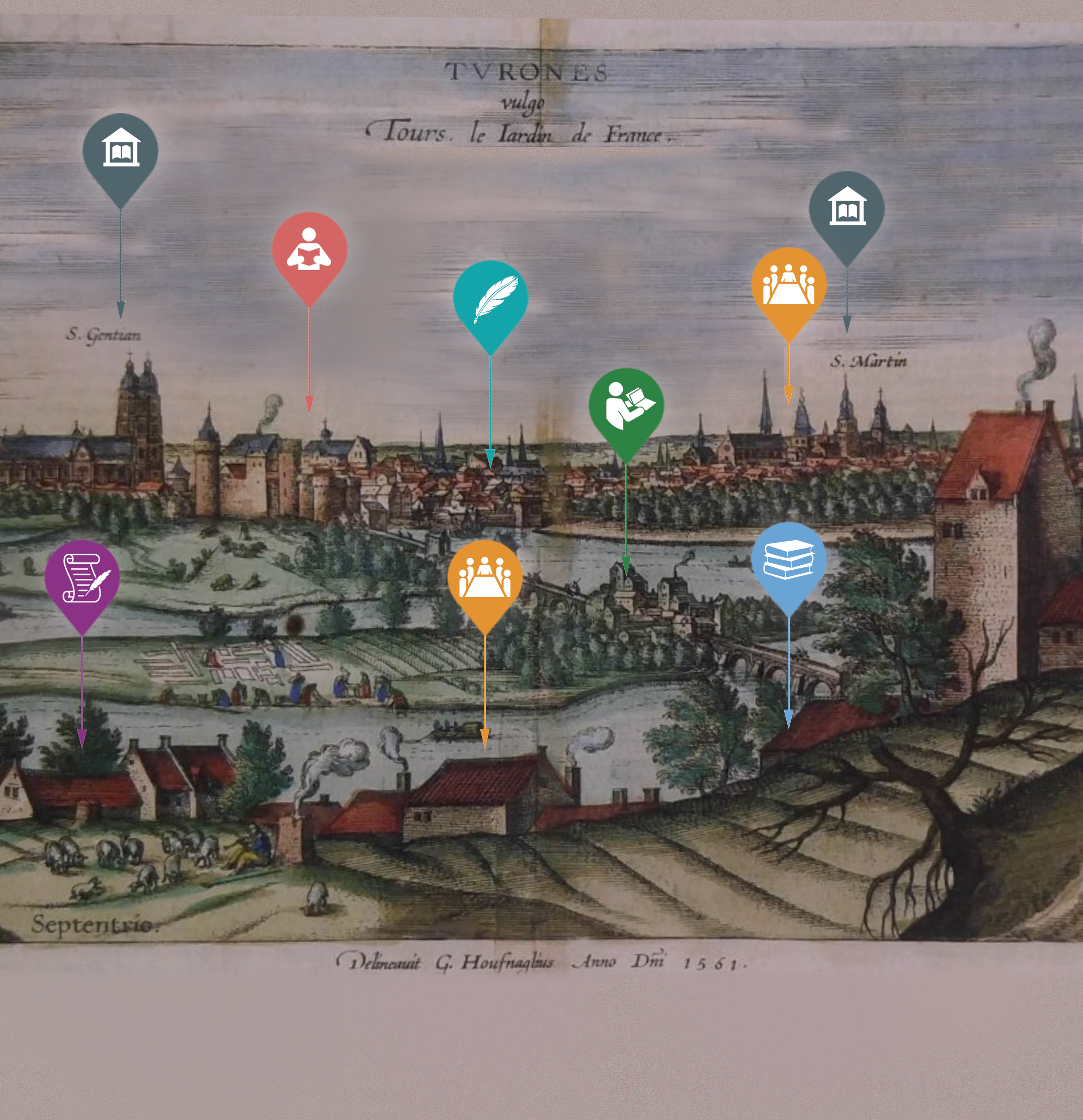
VIRTUAL MEETING
France
Dr Margriet Hoogvliet & Prof. Chiara Lastraioli

Hôtel Dupanloup
1 rue Dupanloup
45000 Orléans
France
Dr Patrizia Carmassi & Prof. Jean-Patrice Boudet

FRAC Centre-Val de Loire (Regional Contemporary Art Fund)
88 Rue du Colombier
45000 Orléans
France

Villa Rabelais
116 boulevard Béranger
37000 Tours
France
Dr Renaud Adam & Pr Chiara Lastraioli

Centre d’Etudes Supérieures de la Renaissance (CESR) <br/> Salle Rapin
59 Rue Néricault Destouches
37000 Tours
France
Dr Ewa Anna Łukaszyk & Pr Marie-Luce Demonet

Centre d’Etudes Supérieures de la Renaissance (CESR)
59 Rue Néricault Destouches
37000 Tours
France
Dr Massimiliano Traversino & Dr Paul-Alexis Mellet

Hôtel Dupanloup
1 rue Dupanloup
45000 Orléans
France
Pr Mihai Mutascu & Pr Camelia Turcu
Coordinator of the consortium: Thais Nunez Rocha
Orléans Economics Laboratory (LEO), CNRS / University of Orléans - FR
The paper investigates the interaction between the trade and business cycle synchronization, using an extended wavelet approach. The analysis is conducted in several Eurozone countries, for the period 1960Q1-2016Q2. We show that the trade promotes economic synchronization in the considered Eurozone countries, on medium and long terms. The key ingredients are economic integration and monetary union. A reversed connection is also distinguished. On medium and long terms, a low degree of synchronization accelerates trade only if the given country has an ascending growth trend. Several different scenarios are found on short term, for particular economic contexts.
This project aimed at reassessing the views about the “Renaissance”, both by some leading representatives and in emblematic environments related to this cultural movement. The project reappraised their attitudes towards the Middle Ages, focusing on a critical, revealing cultural domain: the vernacular one. It investigated the context in which a selection of Medieval vernacular models were brought during the Italian Renaissance, testing the potential of the following three new interrelated approaches: 1. analysis of the late fifteenth-early sixteenth century tradition of medieval lyrical poems in connection with different perspectives on the poets transmitted through it; 2. comparative analysis of different relevant passages evaluating the medieval vernacular Italian tradition and proposing paradigms of historical development; 3. assessment of the effective influence on Renaissance poets of the early medieval lyrical authors/texts, taking into account the results of the above-mentioned analyses of the tradition of these texts.
This project analysed 1968 as a watershed moment in children’s culture and its related disciplines, following Marwick’s (1998) now canonical definition of 1968 as the crystallisation of the cultural revolution of the ‘long sixties’ (c.1958-c.1974). We pursued this objective with specialists from cognate fields within childhood studies, including children’s history and media, children’s culture, heritage and art education, and bring them into dialogue with historians of 1968. This new collaboration brought together researchers and practitioners from Denmark, France, Germany, Italy, Sweden and the UK. By thinking about children’s culture as a site for artistic and intellectual experimentation, at the centre of ideological activity across disciplinary boundaries and national borders, this project opened up new ways of understanding the 1968 liberation movements and their legacies. Culminating in a series of public events and exhibitions in 2018 for the fiftieth anniversary of 1968, it brought the children’s perspective into scholarly debate and public commemorations.
Since the early days of ontology engineering, manufacturing is one of the main areas where ontologies have traditionally been applied (Guarino et al., 1997; Uschold and Grüninger, 1996). The interest in ontologies has been motivated, first, by the massive exploitation of computer-based technologies in manufacturing organizations, which need to manage and share data in a robust way, and second, by the need to harmonize different terminologies to facilitate communication. The two motivations are strictly related, since shared terminologies and models are needed to enable computer systems to interact effectively. In addition, in the new landscape of Industry 4.0 (Lu, 2017), guided and informed by big data and machine learning, ontologies find their place to organize the data upon which learning algorithms run.
The relationship between the early musical works of Guillaume Dufay (1397-1474) and their affective context in the world of his time is evaluated. To this end, technical elements of his musical compositions are assessed in light of key philosophical, theological, literary, sociological, historical, and theoretical evidence in the early 15th century, which allow the constitution of an affective environment around him. Amid this evidence, the late writings of theologian Jean Gerson plays a particular role in its emphasis on musical accidentals as a means to project emotional transformation. In related research domains, the relationship between music and architecture of the late Gothic period is analyzed, and a book of essays on medieval music will be published
The main hypothesis of this project is connected to the notion of pre-cultural origins of the humanity, situated in the paradisaical reality, not only before the fall, but also before the invention of the human language (Adam naming the animals created by God). The myth of the pre-lapsarian unity of the human kind became crucial to the development of the European relationship with other peoples in the aftermath of the maritime discoveries in the 16th c. The examination of this topic is an important element of the projected transcultural humanities, searching to establish a comprehensive outlook of the cultural inscription and limitations of the human thought.
The transition in the 10th century from the centralised Carolingian state to the decentralised feudal principalities is a subject of debate among historians: was it a violent breakdown or a continuous evolution? The major problem facing historians is the scarcity of written sources. But coins are numerous and constitute a relevant source material. Indeed, Coinage is an official institution, and studying it informs us about the state of society and the organisation of the administration. The study of Norman coinage in the 10th century shows a large and well-managed production and a firm control of the circulation. Exchange fees provided income for the duke. This reflects a well-organised stable administration and an ability of controlling society, far from the chaotic, violent and anarchistic picture of early feudalism that is sometimes purported.
Throughout the 20th century, an impressive amount of scholarship was devoted to the origin of the concepts of the prince and sovereignty. By focusing on the ancient and mediaeval sources of 16th-century authors, I tried to determine the degree to which the modern fate of the notion of power depended on ancient and mediaeval debates. I paid special attention to the ethical, anthropological, and legal questions implied in the European encounter with the ‘New World’. Despite its broad relevance to studies on early modern era, this subject has often been disregarded with respect to the history of the concept of power. My analysis helped me trace this subject within the most central debates of the last decades of the 16th century. Through the authors of this time, I showed the interrelation between the discussion on Native Americans and a variety of sources of modern history of ideas, which span early-modern philosophy, cosmology, theology, and public and international law.
The aim of our project was to investigate on the book trade during the Renaissance. It had focused on the relations between France and the Low Countries which have never been the subject of systematic analysis. The study of the book market is not only a chapter of economic history; it is also an accurate point of view to think about the most fundamental cultural trajectories. As a consequence, the ambition of this project was to renew our knowledge of cultural exchanges between France and the Low Countries through the study of the circulation of books between these two territories.
This article presents a report of the postdoctoral research entitled “Teach-ing, research and university extension from a perspective of Design for social innovation”, conducted at the ÉCOLAB/ÉSAD, Le Studium Loire Valley, Institute for Advanced Studies, in Orléans, France, between April and September 2018. The report considers the experiences shared throughout the program, the updated literature review and an account of my experience as a professor and researcher at the Graduate Program in Design of the Federal University of Rio de Janeiro, School of Fine Arts, in Rio de Janeiro, Brazil
The proliferation of visual practices, engagements, and tactics on the streets and plazas of the cities connect art to the political constitution of local struggles on the one hand, and the global grassroots politics of the social movements, on the other. This project investigates the ideologies, relationships, meanings and practices that arise from the diverse interactions among the three social spheres: urban space, art, and social movements. In an innovative and multidisciplinary fashion, it addresses the pressing question in humanities and social sciences : How does art, as a cultural form, partake in contemporary urban transformations and social struggle ?
The aesthetic dimension in the political and the political dimension in art coincide in the contested terrain of the urban public space. This proposed project does not repeat the exhausted questions, such as whether contemporary art can be an impetus for social change or how much it is involved in politics. Instead, it analyzes how art merges with new political formations and becomes a vital part of the constitution of a new understanding of political participation. It further engages in art’s critical, aesthetic, dialogical, communicative and creative powers from the perspective of social mobilization and creation of political commons.
The prolific significance of this project is in its multi-perspective approach to bring together three different dimensions in the intersection of art, urban space and social movements: “art and neoliberal urban transformation,” “urban art interventions” and “art in social movements.” The contribution that the project intends to make for state of the art is its ability to bring together the theories and discussions on art’s twofold role in urban planning and collective resistance, its debated function as an aesthetic intervention in the public space and its envisaged place in urban social movements.
The increased mobility of large groups of people from outside and inside Europe has influenced the socio-geographical fixity of a continent of nation-states, putting in question both the concepts of ‘national identity’ and ‘European identity’. This book project considers contemporary debates around the idea of ‘Europe’ and ‘European identity’ through an examination of recent European films dealing with various aspects of globalization (the refugee crisis, labor migration, the resurgence of nationalism and ethnic violence, international tourism, neoliberalism, post-colonialism etc.) in order to reflect on the ambiguities and contradictory aspects of the figure of the migrant and the ways in which this figure challenges us to rethink core concepts such as European identity, European citizenship, justice, ethics, liberty, tolerance, and hospitality in the post-national context of ephemerality, volatility, and contingency that finds people desperately looking for firmer markers of identity. By drawing attention to the structural and affective affinities between the experience of migrants and non-migrants, Europeans and non-Europeans, the book argues that it is becoming increasingly difficult to separate stories about migration from stories about life under neoliberalism in general.
In agreement with the research project proposed to Le Studium, our work consisted in the development of the following aspects: 1. - Tracking and compilation of biblio-hemerographic materials at the BNF; 2. - Selection and analysis of Juana Manso's corpus of materials; 3. - Organization of two scientific events; 4. - Attendance, as speaker, at a scientific event; 5.- Writing of two book chapters; 6. - Organization of the volume Forjar miradas. Imagen y cultura visual en la América latina del siglo XIX. Iberoamericana Vervuert (in progress) and, 7. - At the request of the Scientific Relations Manager of Le Studium, design of the research proposal "Regarder au XIXe. Panoptisme et culture visuelle.”.
Building upon recent developments in digital music scholarship, Citations: The Renaissance Imitation Mass investigates similarity and borrowing in music on a massive but detailed scale, using digital tools that only a few years ago were beyond our grasp. Our work focuses on the craft of musical counterpoint, and how musicians of the sixteenth century transformed pre-existing pieces to make intricate cyclic compositions from familiar sounds. The CRIM team, an accomplished group of scholars and data scientists active in Europe, North America, and Australia, will assemble a diverse collaborative network of music scholars and students at colleges, music schools and university graduate programs, extending the reach of digital scholarship to new users, and building new communities.
In more general terms, many mediaeval authors-and not only theologians used the distinction between God's ordered and absolute power (potentia Dei absoluta and ordinata) to emphasize how, on the one hand, in an 'orderly' way, the realm of nature reflects God's freedom of choice, leading to the existence of a radically contingent order of creation; but also how, on the other hand, in terms of divine absoluteness and in the economy of salvation, God is never bound in his action, which is truly inscrutable and lies above morality. 1 The extensive scholarship on this distinction clearly demonstrates how such a question represented a real 'problem' for mediaeval thinkers rather than just a simple theory. 2 I am limited to mentioning here that the doctrine of God's power comes to the fore with a much different significance in various historical epochs.
Bruxelles et le livre: regards sur cinq siècles d'histoire (XVIe-XXe siècle)
This paper suggests a new interpretation of the tale of Lisabetta da Messina (Decameron IV 5) in the light of a fact which has thus far been disregarded by scholars: namely, that in both medieval culture, and its basis in Roman law, an individual cannot have more than one grave. In case of dismemberment, the burial place is considered to be the place where the head is interred. Therefore, the pot of basil in Boccaccio's tale is Lorenzo's tomb, and Lisabetta beheads her dead lover in order to be able to perform suitable funeral rites. Taking this into account, her behaviour as well as other aspects of the tale take on new meaning.
Lorsque l’on évoque le phénomène de la contrefaçon sous l’Ancien Régime, les historiens du livre se montrent parfois hésitants sur l’acceptation qu’il convient de lui donner : faut-il le limiter à l’aspect strictement juridique ou doit-on plutôt l’étendre au domaine éthique ? Ils s’entendent toutefois sur le préjudice porté à l’auteur, au créateur ou encore au producteur victime de la contrefaçon. De notre point de vue, et même s’il n’est pas toujours aisé de saisir pleinement les contours de cette notion, nous réconcilierions volontiers les deux acceptations en employant les formules suivantes : la « contrefaçon stricto sensu » qui renvoie à l’aspect purement juridique et la « contrefaçon lato sensu » qui élargit le concept à l’imitation frauduleuse d’un ouvrage (page de titre, adresse bibliographique, mise en page…).
This article analyses the relationship of Pietro Bembo's Prose with the introductory Epistola of the Raccolta Aragonese and Cristoforo Landino's proemio to his Comento sopra la Comedia, with regard to their views of the previous vernacular tradition and in particular the more or less comparable paradigms applied to past literary history. The question of whether Bembo knew Poliziano's Epistola is investigated, and the similarities and dissimilarities between the different narratives concerning cultural development and the ways in which these narratives are elaborated in the three texts are evaluated.
The Little Red Schoolbook (1969) was one of the most welltravelled media products for children from ’68 aimed at children, and it was certainly the most notorious. Over the course of a few years (1970–2) it was translated and published in Belgium, Finland, France, Great Britain, the Federal Republic of Germany, Greece, Iceland, Italy, the Netherlands, Norway, Sweden and Switzerland. It also circulated freely in Austria and Luxembourg, and reached beyond Europe to countries including Australia, Japan and Mexico. It led to an obscenity trial in Great Britain, nearly toppled the Australian government, and caused a global publishing scandal. This essay therefore looks at the Scandinavian children’s ’68 in its international context, via a transnational, comparative analysis of the reception of the LRSB, in order to examine how ‘68 counterculture and ideas of childhood clashed and converged in the West around 1970. It asks: what can the publishing history of the LRSB tell us about the distinctive features of children’s media in Scandinavia at this time?
The separation of arma and amor that can be found in the chivalric tales of the fifteenth century allows the authors of these works to devote as much attention to the relationships between knights as to those between a knight and his lady. In particular, the bonds between knights who are also brothers are examined in various texts of the period, such as the Burgundian prose reworking of Florence de Rome, in which the brothers Milon and Esmeré, two young knights from Hungary, vie with each other for the hand of the eponymous heroine. In the version of this romance illustrated by the artist known as the « Wavrin Master » (Chantilly, Bibliothèque du château, ms. 652) the tensions between brotherhood and knighthood are foregrounded in both the narrative and its accompanying miniatures to the extent of taking on a political and ethical dimension. As I argue here, the way in which the two brothers act towards each other can be seen as an indicator of their suitability not only as the lady’s prospective husband but also as the future ruler of a realm, thus providing a trenchant and incisive lesson on chivalric mores at the end of the Middle Ages.
À partir des années 1565-1566, les anciens Pays-Bas furent secoués par une vaste contestation politico-religieuse dirigée contre Philippe II. Pour réprimer cette agitation, le souverain mit en place un tribunal d’exception, le Conseil des troubles, et le plaça sous l’autorité directe de Fernando Alvarez de Tolède, duc d’Albe et gouverneur général des Pays-Bas. Cette institution, active de 1567 à 1576, surveilla de très près la fabrication, la vente et la possession de livres, en raison du danger potentiel de ce véhicule culturel qu’est l’imprimé. Ainsi, à la requête du duc d’Albe, des inquisiteurs furent envoyés en 1569 dans différentes provinces des Pays-Bas espagnols afin d’examiner les fonds des libraires et des imprimeurs et de dépister les livres hérétiques. Ces documents offrent un instantané inédit des livres en circulation dans de nombreuses villes de ce territoire. Je me penche uniquement sur la situation de la ville de Mons. L’inventaire exécuté par les envoyés du duc d’Albe décrit un peu plus de 1600 livres. Ce document précise non seulement le nom des auteurs et les titres, mais aussi les adresses bibliographiques des ouvrages listés. Le soin et la rigueur dont a fait preuve le notaire dans l’exécution de sa tâche font de cette source un document de premier ordre pour l’étude du marché du livre en Hainaut dans le second tiers du XVIe siècle en général et, plus particulièrement, pour le livre médical. On pourra notamment découvrir quels sont les auteurs et les genres les plus prisés, le poids de la littérature savante par rapport à celle de vulgarisation ainsi que l’origine géographique de ces livres.
Per collocare la sensibilità formale dei «due Guidi» all'interno del panorama duecentesco, occorre avere presente almeno a grandi linee quest'ultimo, e sarà quindi necessario in via preliminare darne conto 1. Anticipando le conclusioni, si può dire che il secondo Guido, Cavalcanti, è un caso particolare, una sorta di picco attorno a cui si addensano una serie di fenomeni riconducibili a una casistica che praticamente non si dà altrove. Al netto di ciò, per quel che riguarda la sensibilità metrica Guinizzelli e Cavalcanti si trovano sullo stesso versante, e la loro posizione condivisa sembra essere la logica conseguenza del fatto che appartenevano alla stessa classe sociale: quella dei milites 2. Il legame tra la maniera in cui i rimatori medievali si rappresentavano le forme da essi adottate e la loro posizione sociale ha le sue origini nel primo luogo di produzione e consumo di lirica cortese in volgare, le corti della Francia meridionale, dove notoriamente il pubblico veniva in contatto con i componimenti poetici in forme collettive, performative, sceniche, 1 Le ricerche che mi hanno portato a delineare la mappa di un panorama generale della sensibilità formale degli autori di lirica in Italia, dai poeti federiciani a Petrarca, sono state condotte grazie alla vincita della Fellowship Marco Praloran 2013-2015, e sono sfociate in un libro in questo momento in lavorazione presso la SISMEL (Camboni Maria Clotilde, Fine musica), a cui rimando per ulteriori approfondimenti. 2 Per il contesto sociale di Guinizzelli e Cavalcanti, cfr. da ultimo Milani Giuliano, Le contexte e Diacciati Silvia, Guido e i Cavalcanti.
Avec pas moins de quelque six cents éditions relevat de corpus galénique recensés au XVIe siècle, il apparaît sans contredit que le modèle médical dominant à la Renaissance reste toujours bel et bien celui de Galien et de sa théorie des humeurs. La plus ancienne édition latine remonte au 27 août 1490 et est sortie des presses vénitiennes de Philippus Pincius (ou Pintius). Il s'agit de la première impression des oeuvres complètes du maître de Pergame, éditées en latin par le médecin de Brescia Diomède Bonardus et reproduites en deux volumes imposants au format in-folio. Le premier tome compte 224 feuilles, le second 248 ; soit un volume total de 236 feuilles de papier pour imprimer un seul exemplaire. Le corpus galénique a été classé par l'éditeur selon des critères thématiques et de difficultés de lecture. Une vingtaine d'autres Opera omnia verront le jour au cours du XVIe siècle (dont deux en grec), imprimées presque exclusivement à Venise. Le classement établi par Johannes Baptista Montanus pour celles parues en 1541 chez les Giunta servira de modèle pour les éditions ultérieures. Il repose sur cinq critères : thématique, difficulté de lecture, authenticité, genre littéraire et matériel.
The starting point for this paper are the archives produced by the so-called Council of Troubles, the special court established by Philip II in response to the uprising and misbehaviour of parts of the population of the Low Countries in the years 1566–1567. This institution remained active from 1567 to 1576 and was commanded by the Duke of Alva. In particular, being well aware of the potential of those cultural objects and carriers of ideas, it watched very closely the production, the distribution as well as the possession of books. The documents contain inventories of thousands of books – either forbidden or not – found in bookshops located in the southern provinces. I will focus my paper on the 12 bookshops located in Brussels visited in 1568 by religious authorities, and especially in that of Michiel van Hamont, printer from 1557 to 1585. The repressive measures taken by the Duke of Alva will be the entry point of a study on the state of book culture in Brussels during the last third of the sixteenth century.
In der neueren Forschung zur mittelalterlichen Schrift- und Buchkultur gilt dem Paratext in allen seinen Erscheinungen, von den Prologen zu den Rubriken, von den Glossen zu den Kolophonen, eine stetig wachsende Aufmerksamkeit. In diesem Band stehen die Seitenränder von mittelalterlichen Handschriften und frühneuzeitlichen Drucken im Mittelpunkt. Schriftliche und bildliche Ergänzung oder die geplante Disposition von Inhalten „am Rande“ werden als aufschlussreiche, bisher wenig erforschte Erschließungsinstrumente für Kulturtradition und Kommunikation analysiert und bewertet. Sie gelten als Zeugnisse von Lese- und Kommentierungspraktiken, von Rezeption und Überlieferung von Wissen. Sie können die Gedanken von einzelnen Lesern oder Schreibern reflektieren, aber auch komplexere Veränderungen in den visuellen Gestaltungsformen und –gewohnheiten in illuminierten Handschriften sowie ausgereifte Lernprogramme von ganzen Gemeinschaften wie dem Kloster Weißenburg im 9. Jahrhundert reflektieren. Neben einzelnen Essays und Falluntersuchungen vom Frühmittelalter bis zur Renaissance bietet der Band einen umfangreichen systematischen Einführungsbeitrag zu der Natur, den Formen und den Funktionen von Marginalien in der vormodernen Buchkultur.
Il principio della giustificazione per sola fede costituisce il cuoredella teologia di Lutero. Siffatto principio rappresenta a tutt’oggi il principale elemento di distinzione dottrinaria tra mondo cattolico emondo evangelico e sul superamento di tale distinzione si giocano lesorti delle iniziative ecumeniche promosse negli ultimi decenni. Restando a Lutero, l’accento da lui posto sulla fede ha avuto per con-seguenza di creare nell’immaginario collettivo l’impressione che eglifaccia a meno delle opere. Questo luogo comune trascura in realtà il ruolo etico che il riformatore assegna alle opere. Se è nella centralitàattribuita alla fede che va riconosciuto il maggiore elemento di novitàofferto da Lutero alla storia della civiltà occidentale a lui successiva, per una corretta comprensione del messaggio del riformatore le opererappresentano un elemento irrinunciabile. Il presente testo si proponedi chiarire tale affermazione alla luce di alcuni testi di Lutero, pren-dendo in esame un punto fondamentale dell’etica luterana: la confor-mità delle buone azioni dell’uomo alla volontà di Dio.
Il presente saggio si propone di esaminare le vicende processuali di Maestro Eckhart alla luce dell’agenda, insieme spirituale e politica, del pontificato di Giovanni XXII. Speciale attenzione è rivolta al ruolo rivestito nel caso di Eckhart da Enrico II di Virneburg, arcivescovo di Colonia e potente alleato sia di Giovanni XXII che di Federico d’Austria – il rivale, sostenuto dal papa, di Ludovico IV di Baviera al trono imperiale.
Un lot de 21 deniers ducaux normands du X e siècle a pu être étudié d après photographies, malheureusement de qualité inégale. 1 Il s agit de 20 exemplaires du type au nom de Saint-Ouen 2 et un exemplaire au nom de Louis IV d Outremer. 3 D après les renseignements disponibles, le lot serait, hélas, déjà dispersé. Il aurait été découvert dans un champ situé à une dizaine de kilomètres de Caen (Calvados) en direction de Courseulles-sur-Mer. Les communes d Amblie 4 et de Douvres-la- Délivrande (dans un jardin) ont été mentionnées, sans que cela a pu être confirmé. Il n a pas été possible d avoir davantage de précisions. Le monnayage au nom de Saint-Ouen est traditionnellement interprété comme ecclésiastique, mais il s agirait plutôt d une émission ducale ordinaire. La datation récemment proposée pour les deniers au nom de Saint-Ouen dans la deuxième moitié du règne de Guillaume Longue-Epée (927/933 42) se trouve confirmée par son association ici avec le denier rouennais du roi Louis IV (936 54).
Among the most debated questions of today's historiography, comparison is increasingly relevant. This is mainly due to the impact it has on fields of study as different as anthropology, law, religion, history, etc., and the extremely variegated articulation to which it gives rise between them. In my paper, I will concentrate on the ambit of normative history and consider the case of Alberico Gentili (†1608). With respect to Gentili, comparison helps us trace the role of theology and religious ideas in early-modern legal debates on prince and sovereignty. Special attention will be given to the distinction between God’s absolute and ordered power (potentia Dei absoluta and ordinata) and to Gentili’s image of Luther.
Les résultats que nous présentons ici ont été obtenus dans le cadre d’un projet de recherche actuellement en cours, portant sur la monnaie ducale normande au Xe siècle. Ce projet a été rendu possible grâce à une bourse de recherche accordée par Le Studium, qui a pour mission de faire venir des chercheurs étrangers (in casu JCM) dans la Région Centre-Val de Loire pendant un an pour mener un projet de recherche en collaboration avec des chercheurs de la région (in casu Marc et GS de l’IRAMAT-CEB, CNRS/Université d’Orléans, UMR 5060). Prenant comme point de départ l’étude incontournable de Françoise Dumas portant sur les 8584 monnaies conservées du trésor de Fécamp, enfoui vers 980/9853 , notre projet aboutira à une monographie sur la monnaie normande du Xe siècle. Il nous a cependant semblé que l’aspect que nous présentons ici a une valeur exemplaire qui justifie sa publication en avant-première. Un de nos objectifs est l’étude de la composition élémentaire des pièces, spécialité de l’IRAMAT-CEB. Nous avons pour l’heure analysé 134 monnaies normandes par LA-ICP-MS (spectrométrie de masse couplée à un plasma inductif avec prélèvement par ablation laser), une méthode d’analyse quasi-non destructive qui permet de doser les constituants majeurs des alliages monétaires (dans ce cas l’argent et le cuivre) ainsi qu’un grand nombre d’éléments mineurs et traces.
This paper aims to reflect on the perspectives of a critical return to certain aspects of the Postelian heritage, while in the recent decades the figure of this heterodox Renaissance thinker has been downgraded from fascinating to merely secondary. Indeed, his equation between intercultural communication and universal concordia remains generally valid to the present day, even for those who do not share his Adamitic and cabbalistic conceptions of language. On the other hand, his concept of congregator mundi appears as a valuable starting point for the discussion on the role and prerogatives of the intellectual as a mediator between human societies and the transcendent sphere. One may compare it with the recent thought of Giorgio Agamben, re-collocating the intellectual and the cultural critic in the line of the monotheistic prophets.
The research has shown to that up to ca. 1550 many of the inhabitants of “average” French towns as Tours and Orléans were literate and that they did have access to religious texts in French, contrarily to ideas regularly expressed in historical scholarship. Archival documents, as well as surviving handwritten texts and printed books have provided information about the wide range of social backgrounds of the readers, from stocking makers in Tours and Orléans, the grandson of Gaultiere who ran the public baths in Tours, to well-off merchants and lawyers. Next to books and their owners, the research has resulted in evidence about the presence and location of libraries, open access texts and books, booksellers and printers. Furthermore, an inventory of a book collection (probably a bookshop) with more than 276 books in French in Tours has given much data about textual cultures and reading interests. The historical data often allow plotting these “lieux de savoir” on historical maps of premodern Tours and Orléans. Further analysis of places of religious knowledge by making use of computerised Geographical Information Systems allow for more refined conclusions about concentrations (near religious institutions and schools) and accessibility (in the heart of urban life). The project has already resulted in one accepted peer-reviewed publication; two other articles and a collection of articles in open access, authored by specialists in the field, are in preparation.
Institutions working in cultural heritage contexts have at their disposal large quantities of data, which need to be properly handled and classified to be used in applications, shared, and possibly even integrated. For these purposes to be achieved, shared conceptual models - in the form of ontologies - are needed. CIDOC-CRM is the reference standard for managing cultural heritage data. However, some of its modeling choices do not meet the modeling criteria of formal ontology. The purpose of this report is to document the research work done during my fellowship at Le Studium in 2019-2020 concerning the use ontologies for cultural heritage. This covers the ontological analysis of (some portions of) CIDOC and the development of an extension of the latter model for research purposes in the scope of scientific projects at the IPAT-CESR.
In Europe, most of today’s courthouses are symbolically silent. Because Justice not only needs to be done but also needs to be seen to be done, this project intends to exemplify the claim that images of justice have an important role to play in the maintenance of social bonds. The power of judicial images is a useful ally to revive the foundational principles of fair trial and due process. Drawing inspiration from visual studies, cultural legal history, legal anthropology, this multidisciplinary investigation aims at revealing the essential dynamic function of a civic allegory: its composition or invention, its role into the dissemination of meaning and the ways in which it was perceived by different audiences, in order to question to which extent this device fulfilled didactic, persuasive, mnemonic, evidential, or deontological functions.
This research project is at the crossroads of museography, digital humanities, and Library science. It aims to analyze the transformation of physical areas in heritage spaces (museums, libraries, archives) consequent to the development of digital humanities. Until the present time, research in museography and library science has taken parallel paths that rarely converge. However, today museums, libraries and archives are obliged to rethink their public spaces in light of the fact that new practices of their often identical publics, navigate into virtual worlds generated by the digital revolution. The crucial question today is how to design and develop these new heritage spaces by offering a real dialogue between the physical collections and the digital humanities projects that are developed from them. Our research project aims to take stock of the research carried out in innovative places in order to propose new ways of developing heritage spaces in line with the current of the public. Six geographical areas will be considered (France, Belgium, Netherlands, England, Denmark, and Switzerland).
Food professions acquired great importance during the 15th century in Tours thanks to Louis XI, who established there the seat of its court. This specific topic has not yet been extensively investigated, except for the works of Bernard Chevalier, whose interest was mainly focused on butchers and their guild. Hospitality services (both private and public) in particular went through a large urban development, since the presence of the king’s court attracted diplomats, ambassadors, foreign dignitaries, travelers, craftsmen and merchants, that needed to be fed and housed. In addition to that, the geographical position of the city, situated between the Cher and Loire rivers, stimulated trade and market. The rich archival documentation kept in Tours, dated back to the 15th-16th centuries, allows us to further research. The first phase of the project aims actually to deepen the study of the welfare sector.
We have recollected most of Leda Rios’ work to present her story and to discuss the place of the female mestizo body in Brazilian society at the beginning of the 20th century. We have carried out the first investigations into the barriers that this writer faced when she began her career. Leda Rios worked in the Brazilian press during the first two decades of the 20th century. After having published several articles and chronicles, as well as two books of poetry and plays, the writer - a young talent who began as a poet at the age of sixteen - gave up writing, at its height of her production, at thirty. Despite the recognition of her work during her time as a writer, Leda Rios has been erased from Brazilian literary history. Only traces of her literary life can be found at the National Library of Rio. We have investigated the obstacles encountered during the Brazilian Belle Epoque period, such as the racism that emerged fiercely at that time, seeking to define social roles and we have studied Rios literary productions. After our research period we concluded that Leda Rios voice was erased from the Brazilian Literary canon mainly by prejudices related to gender issues and racism. We hope that our research will make her work better known and studied.
This research project originally proposed to analyze and describe the phenomenon of the extermination of peripheral young people in Amazonia, and to discover to what extent this politics of death (thanatopolitics) constitutes a structuring apparatus of the neoliberal governmentality, by operating a calculation of the value of the human in market-oriented terms, in an outermost region of the neoliberal capitalist order. With the Covid-19 pandemic event, this project had to be renewed to understand which are the normative frameworks and governmental dispositives at stake in the global government of life and death in contemporary capitalism. By the articulation of biopolitics, (neo)liberalism, colonialism, racism and security frameworks, this research concludes by proposing a new concept that function as a grid of understanding for nowadays capitalist governmentality: necroliberalism.
The collegiate church of Our Lady in Antwerp played an important role in the development of polyphonic music in the Low Countries and Europe during the long 15th century, with first-rank composers such as Johannes Ockeghem, Johannes Pulloys, Jacobus Barbireau and Jacobus Obrecht as central figures. However, this period has received very little attention, perhaps because it stood in the shadow of the enormous economic and cultural sixteenth-century boom. The fact that much of the earliest source material was lost, among other things due to religious wars and the French Revolution, did not facilitate the research. This is particularly unfortunate because the fundement for the flourishing musical life was laid precisely in this earlier period (cf. the papal singer's bull of 1410). By conducting research both in breadth (interdisciplinary) and depth (extensive documentation from the archives, supplemented by that from the secondary literature and by comparative research in other countries), we nevertheless succeeded in creating a better picture of the mechanisms that lay at the basis of this success. Thus, we learned more about when and how music was performed, how it was perceived by both performers and listeners, how environmental sounds were dealt with, how it fitted in with the religious experience, etc. Contacts with the papal chapels of Rome and Avignon, exchanges with courts in Northern Italy, Spain, France, England, Germany, Hungary rich foundations for musical performances, were an ideal breeding ground for the musical flowering. In other words: contextualising music proved to be essential for a better understanding of the functioning and unprecedented success of the local musical life.
While International law is first said to be a distinct profession with institutions and journals in the 1870's, this project has shown that from the Vienna Congress (1815) to the Franco-Prussian Wars (1870-1871), lawyers have initiated professional practices and shaped the making of International Law. They were involved in foreign offices, scientific academies, and universities, wrote textbooks and articles and created professional networks. This project investigates, for the first time, the interaction between foreign offices and international lawyers. This paper puts forward a prosopography of legal advisers employed in the French Ministry of Foreign Affairs and of the members of the Consultative Litigation Committee. Two peer-reviewed publications have been accepted and a conference proceeding is forthcoming.
This project pursued a comparative examination of the Judeo-Spanish, French and Spanish translations of the lament Dos lid funem oysgehargetn Yidishn folk, written in the antechamber of Auschwitz by the Polish poet Yitzhak Katzenelson (1886-1944).
The study focused on the poetic forms and language of these translations, and offered a sociocultural perspective devoted to analyzing their role in the unearthing, symbolic as well as physical, of the Jewish voice and its reincorporation into the contemporary polyglot Jewish poetic archive. The research explored the intercultural and inter-historical relations that these translations produce, especially in the case of the Judeo-Spanish one and the glottopolitical role it plays when translating between endangered Jewish languages (Yiddish and Judeo-Spanish).
New knowledge was produced on the definition and practice of Jewish translation, its material culture and cultural transmission at the turn of the 20th century and the first decades of the 21st century. Also, light was shed on the epistemic recovery of the Jewish poetic archive through contemporary performances of memory making. In conclusion, this research proposed to recognize Jewish translation within the genre of postmemory.
|
|
This paper explores the significance of photogrammetry as an accessible and innovative imaging technique for preserving and studying written cultural heritage. Focusing on the challenges of traditional digitization methods in capturing the materiality and craftsmanship of manuscripts and books, we present a cost-effective photogrammetry workflow using the 3DF Zephyr software. Demonstrating its potential, we discuss the generation of detailed 3D models and the integration with other software tools. The research findings were presented at the 19th International Seminar on the Care and Conservation of Manuscripts, and the paper is planned for publication in the conference proceedings. This work contributes to the broader discourse on Digital Codicology and encourages interdisciplinary collaboration in cultural heritage studies.
Housing problems of youth are rarely considered in the context of youth health, although housing problems can be seen as a source of worry and stress, which, as evidenced by past studies, is negatively associated with health. Thus, the main aim of the present study was to examine whether and how housing stability, quality, and perception of having a housing problem were related to stress and assessment of health among Slovenian youth. Additionally, the study explored the effect of youth's economic background, as differences in health outcomes are often attributed to differences in socioeconomic status. The results indicated significant direct and indirect relationships between the financial situation of the family, housing status, living conditions, and fear of having a housing problem. Latter was statistically significantly associated with the feeling of stress, which in turn was significantly related to the health assessment among youth. The results also indicated that poor living conditions directly affected the youth’s health assessment. Implications for future work are suggested.
The accelerated digital development characterizing today's society multiplies and blurs educational contexts. In this regard, it becomes necessary to create learning spaces supported by ICT (Information and Communication Technology) that integrate formal and informal contexts, where each person decides what, how, and when to learn. From this perspective, the proposal is to create learning ecologies with learning resources based on a content curation process that retrieves, develops, and shares educational digital content according to the interests and informational needs of the professors. This study aims to analyze the learning resources that make up the learning ecologies available to professors at the University of Orléans. The presentation includes the theoretical foundations underpinning the research and its main results from the qualitative perspective of educational research.
The report presents the main issues, experimental details and first results of the project “Attitudes and language use of international students during their stay in Orléans: the example of discourse markers in L2” (ESLO-L2), realized at the host laboratory “Laboratoire Ligérien de Linguistique” (LLL) between March and July 2023. The aim of the project was to apply the methodology of the corpus of oral French “Enquête SocioLinguistique à Orléans” (ESLO), conceived as a “city’s sound portrait” to the group of foreign exchange students at the University of Orléans. The research interest of the project was aimed at the questions of how the students’ perception of the city, its inhabitants and the French language changes during the first 5-6 months of their stay in Orléans and how the students’ language use in oral interaction develops during this period. The latter will be examined through the example of discourse marker use.
Insects transport respiratory gases in air-filled tracheal tubes, and a fundamental problem over the past century has been to understand how insects transport gases rapidly enough to support their metabolic rates under highly variables regimes of supply and demand. Here, using a mix of mathematical and physical models, we evaluate the roles that carbon dioxide plays in shaping tracheal structure and function in caterpillars. We first evaluate whether CO2 trapping by midgut fluids drives convective flows of oxygen toward tracheal tips. We then evaluate whether and how CO2 is recycled, via the tracheal system, between the highly alkaline midguts of caterpillars and their acidic hindguts. We conclude that, for caterpillars, there is only weak evidence for CO2-driven convective gas flows. Nevertheless, the models suggest that caterpillars can use convection driven by oxygen absorption to move CO2 rapidly from posterior to anterior parts of the tracheal system. Our results also suggest new approaches to key problems in microfluidics – namely, how to control the movements of gases and liquids within small channels.
The European Renaissance saw a deep renewal of the form and content of prayer. Even before the Reformation (whether Protestant or Catholic), the growing role played by lay people, women and men, in the religious sphere created new forms of worship, developing new practices and new texts. The renewal became even more intense during the 16th and 17th centuries, two centuries defined and devastated by changing confessional identities, but also vitalized by the printing press and confraternal activities. The project intended to study, from a multidisciplinary perspective, the changes which took place in this everyday and universal practice in the early modern period. The results offer an important contribution to knowledge on the topic for two reasons: first, it goes beyond existing studies on prayer, which do not go later than the 15th century and are focused on monastic prayer and books of hours; second, because it took into account under-studied aspects, such as domestic practices, the contributions of women, devotional images, books of prayer, catechisms, and parodies, offering a truly new picture that may suggest much further research. Moreover, having involved scholars who specialise in the fields being studied, the results offer an unparalleled academic contribution on the various topics considered.
Since the Renaissance, Western societies have shown a profound fascination with the Middle Ages, and although it is generally assumed that the transmission of the medieval cultural and literary heritage came to an end with the beginning of this new 'age', recent critical advances have demonstrated the enduring presence of medieval literature in the book markets of the 16th, 17th and 18th centuries. However, the publishing and reading practices that shaped the transmission and reception of this cultural heritage remain largely unexamined. The research project Medieval Lyric Heritage in the French Printing and Bookselling Network (1470-1600): A Bibliographical and Ontological Preliminary Study, supported by the Institute for Advanced Studies LeStudium at the Centre d’Études Supérieures de la Renaissance (University of Tours), addressed significant methodological challenges and sought to develop an ontology focusing on the circulation of written cultural artefacts in print, with particular emphasis on the reuse of textual, iconographic and material elements within the printing ecosystem.
Despite her status as arguably the most represented historical French female figure in French bandes dessinées, Joan of Arc and her depiction in 9th-art works has never been the subject of a full-length analysis. My work on Joan of Arc’s representation in French bandes dessinées explores the unique function France’s most celebrated medieval heroine plays in the country's popular cultures. In addition to a complete survey of the BD corpus and the conventions typically used to depict Joan, I give special attention to cases where she functions as an iconoclastic figure who challenges the enduring culturally gendered limitations placed on women and nationalist mythology as well as the restrictive conventions of 9th-art artistic forms related to gender, history, and storytelling.